|
The final BART legacy cars to reach end-of-life decommissioning were a group of 5 cars on the week of May 20, 2024 – one month after the final run. The last car to be decommissioned was #1235. The remaining cars of the legacy fleet (10) have found new uses including preservation. BART stopped decommissioning cars and held onto a small fleet of 13 A cars and 22 B cars starting in early 2024 to retain enough cars for the final ceremonial run on April 20th. An additional C1 car (#329) was still in the fleet, awaiting its final trip to the Western Railway Museum for preservation. Of these, 6 of the A cars and 19 of the B cars ran on said date. After the final run, the wheels once again started rolling to decommission the cars – a total of 7 A cars and 20 B cars – that did not find a new life. The remaining 6 A cars and 2 B cars have found new purposes which will be shared in due course. These 27 cars were steadily decommissioned and scrapped from late April 2024 through yesterday, May 21, 2024. Shops removed hazmat materials and the cars were on their way to the scrapyard. Since the Legacy Fleet was no longer in service, there was no major need to pull parts from them to maintain other cars (a process called cannibalization), but there was a need for recipients getting BART cars after their retirement. I was invited to help out Sierra Train House folks pull parts from the cars, which will be used as spare parts on their rental home project. This time though, was to capture the final decommissioned car for preservation. B2 car 1587 was the send to last B car sent to the scrapyard, and A2 car 1235 was the last legacy car to be sent to the scrapyard – the 659th car. Here is the 1235, after 6 million miles and 50 years of service, enjoying its last rays of sun. The car will be chopped up, and shredded into little pieces. The metals will be sent overseas and find a variety of uses through recycling. One day you may once again see 1235, but perhaps in a medical instrument in a hospital, in a new automobile imported from South Korea, or in new copper wires in a computer. And some parts of the 1235 will on, preserved at the only museum preserving BART cars. One day later this year, you will be able to see 1235 and bits of many more cars that were decommissioned, alongside 3 complete cars, at the Western Railway Museum. So long and farewell #1235 and the 658 other legacy cars that rolled their last.
0 Comments
A2 car scrappings resumed this month (October), with 4 such examples thus far: 1218, 1233, 1258, 1270. With some scrapping earlier this year and last year due to crashes, alongside the 1208 of 2020, this leaves 51 A2 cars left (total count was 59 A2 cars). 1218 Built 1973 as A car 218. Rebuilt in 2000 as A2 car 1218. Only A car with single seats. 1233 Built 1973 as A car 233. Rebuilt in 2002 as A2 car 1233. 1258 Built 1975 as A car 258. Final acceptance on 9/11/1975 (Day 1 + 3 years). Rebuilt in 2002. Patch below left cab side window. 1270 Built 1975 as A car 270. Rebuilt in May 2001.
The most recent addition to my number plate collection is a Y end number plate from B2 car 1809. This is the story of the car. Like all other B2 cars numbered 1801-1913, the 1809 was originally built as an A car. In the 1809's case, it was built as A car 237, with a final inspection date of 3/7/1973 and receipt of delivery on 6/26/1973. Roughly speaking it was about the 214th car delivered, of a series of orders totaling 450 revenue cars. Kenneth Clyde Jenkins captured the 237 at Daly City a few times in the mid 1970s. Here are some of his pictures, now in my collection. In the late 1970s to early 1980s, BART Hayward Shop converted 35 A cars to B cars, allowing for longer weekday trains and enough cars for weekend operation. Many of these cars were previously damaged in accidents, fires, or other incidents. It's hard to say at the moment what was the exact reason behind the conversion, but A car 237 was involved in an ATC-related incident at Richmond station on September 30, 1975. The A to B car conversion was underway by 1980 and A car 237 was converted into B car 809 (9th conversion) during this time. From the 1980s to late 1990s, it rolled as B car 809. In total, it rolled about 4 million miles as A car 237/B car 809. The entire remaining A and B car fleet was rebuilt during the turn of the century to allow for another couple decades of service. All B cars were rebuilt into B2 cars, including car 809, which became B2 car 1809 in 2000. The 1809 rolled throughout the system, and in its final years was assigned to Concord and later Richmond yard. I last saw the 1809 at Hayward yard, stored awaiting decommissioning on June 16, 2023. It was decommissioned just a few weeks later, on June 30, 2023 - a few days after reaching 50 years on the property (where it began, and ended at Hayward Yard). A Y-end (once the cab end, when it was an A car) number plate from the 1809 resides in my collection, where it remains as a reminder of a well-traveled, and well-storied BART car.
Let's take a look at another random A2 car - this time, the old 1258.
Originally built as A car 258 in 1975, by Rohr, and delivered to BART on June 18, 1975. Things were so bad back then that the final A cars, including 258, were delivered without carborne ATC equipment - they were essentially mothballed right out of the factory. Like many other late A cars, the 258 lost her motors and didn't enter service till the late 1970s. She was rebuily into A2 car 1258 in 2002 by Bombardier, and 21 years later is still rolling around the system on Orange and Red line trains. She has a little patch below the left cab window. The first BART car off of the Rohr assembly line was A car #101, one of ten prototype cars designed to resolve planned and unplanned “bugs” with the BART cars. The 101 was delivered in August 1970, and was the only A car rolling around until mid-November, thus the picture of this short “one car train.” Also note the silver painted cab – the prototype cars had an odd variety of “liveries.”
To note, at the time there were three boxy “Laboratory Cars” which also operated up and down the “[Southern] Alameda line.” They were originally built for operation on the Diablo Test Track located in Concord. At the conclusion of the prototype car testing program, most of the “dented and battered” prototype cars were replaced with production cars of the same number. The original 101 was scrapped and the new replacement 101 rolled for a few years until becoming B car 821, thence B2 car 1821 (and scrapped). B2 Car 1806 is, on first look, just any old B car. It runs in the middle of trains, and seats 53 people. It has a few smells and a few bulbs are out. Underneath all that, B2 car 1806 is one of many historic BART cars. The 1806 was originally built by Rohr as A car 117. It was among the first two dozen BART legacy cars built. It was built in Chula Vista, CA, and delivered to BART's Hayward Yard on 5/16/1972. It was used for pre-revenue testing of the BART system, and entered service on BART's opening day, Septmeber 11, 1972. By the 1980s, many A cars were worn out and/or damaged. BART was a new railroad and in some ways, still learning the ropes - there are accounts of runaway cars, collisions, and fire damage during these early days. Car 117, alongside 34 other A cars, were destined to become B cars. The unique design of the A cars facilitated such conversion (which was miles cheaper and faster than building new B cars). A car 117 became B car 806 in about late 1980. The "new" 806 rolled in service until its midlife refurbishment in 2001. As a product of the refurbishment, B car 806 became B2 car 1806. The 1806 is still in service, far beyond the original intention of its designers. This old car will probably be scrapped this year or next year, but if anything, it has carried the millions through thick and thin for over 50 years.
The latest car number plate added to the collection comes from (what was once) car 1902. Like all 1800s and 1900s B2 cars, the 1902 was formerly an A car. In this case, 1902 was A car 189 (pictured), and delivered from Rohr in 1973, entering service in 1974. In 1999, ADTranz rebuilt this A car into a B2 car, and it rolled in revenue service until its scrapping back in January of this year. Number plate purchased from BART via Railgoods. Final resting place of part of 1902 - cherished part of the ATP Transit BART collection.
The first car delivered by Rohr was A car 101, a prototype car used to identify and resolve various bugs with the new cars' construction and simulated operation. The 101 rolled out of Chula Vista (on a trailer) and was delivered to Hayward Shops on 8/27/1970. Unique among the fleet, the cab of 101 was painted grey/silver - other protoype cars had different colors of cabs. For about a month, A car 101 was the only Rohr car delivered, so there are a few pics of this single car rolling down the A line (attached). Like most of the protoype cars, the 101 was returned to Rohr (c. 6/1972) and scrapped. From what I recall reading, Rohr decided it was not worth the effort to rebuild these A cars, and replaced them with new A cars (A car 101 II -> B car 821 -> B2 car 1821 in this case).
The oldest remaining car of the legacy fleet is a B2 car numbered 1501. It was built 52 years ago as B car 501, and third legacy fleet car ever built (see note 1), delivered in December 1970.
As part of the midlife rebuilding of the A and B cars (awarded to ADtranz/Bombardier), B car 501 was rebuilt and renumbered into B2 1501 (See note 3). As of summer 2022, the 1501 is assigned to Daly City Yard and can be found in the middle of Blue line trains (alongside others) from time to time. Notes:
Note 1: A cars 101 and 102 were the first and second cars built, respectively. They were both replaced and scrapped following the conclusion of the prototype car testing. Note 2: Three B cars (501-503) and one A car (107) were kept following prototype car testing. The line numbers are as follows: 501-3; 502-5; 503-6; 107-10 Note 3: The original A and B cars were built in Chula Vista, CA, and rebuilt in Pittsburg, CA. Most of the cars have never left California (outside A cars 111, 191 and 246). Sources: BART Progress Reports (1970) via Western Railway Museum Archives Pacific News (August 1978) Modern Heavy Rail by Andre K. BART Fleet List v. 5.6.7 Comments and corrections welcome. |
About
"The Two Bagger" is meant to be a place to store more "blog" style posts on various cars, pictures, and random tidbits/trivia. At BART, a "two bagger" is a rather informal name for a two car train. Two car trains rolled in revenue service back in 1972. Archives
July 2024
Categories
All
|

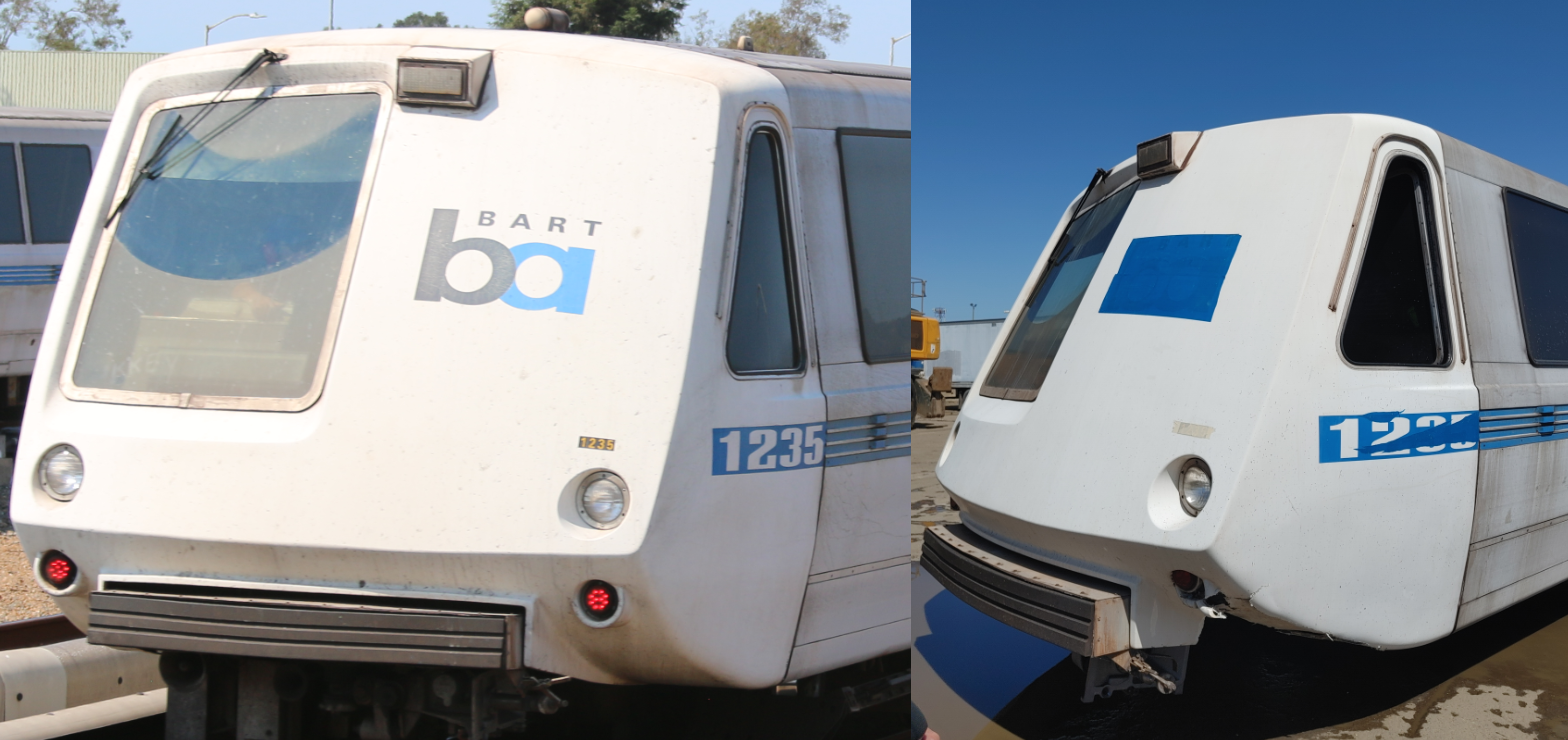
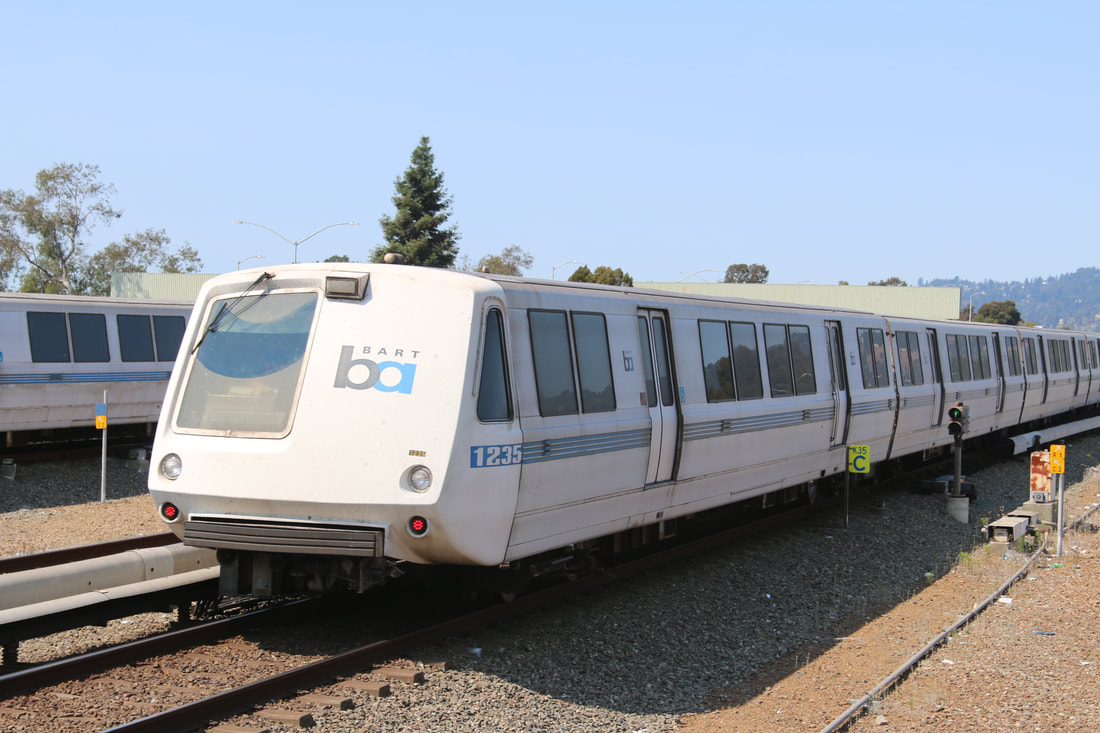
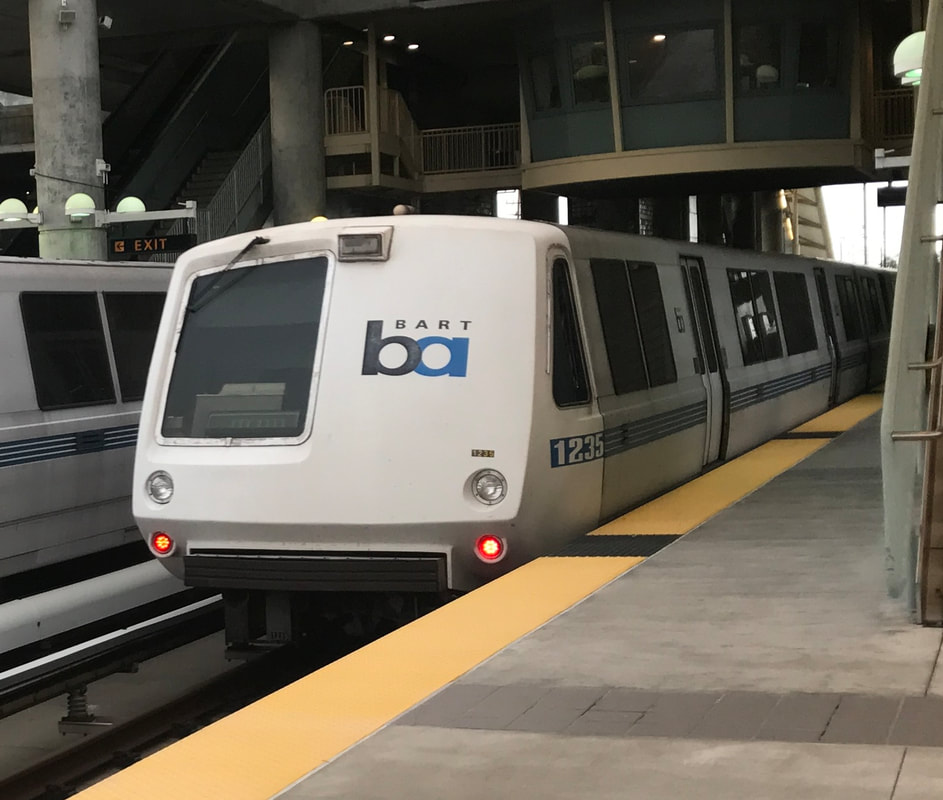
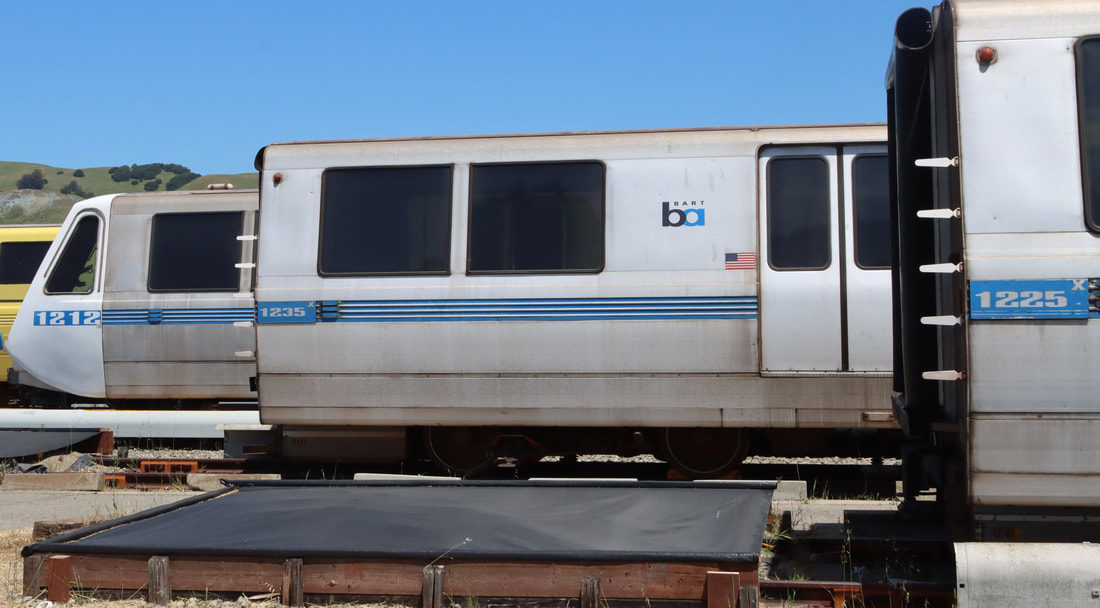
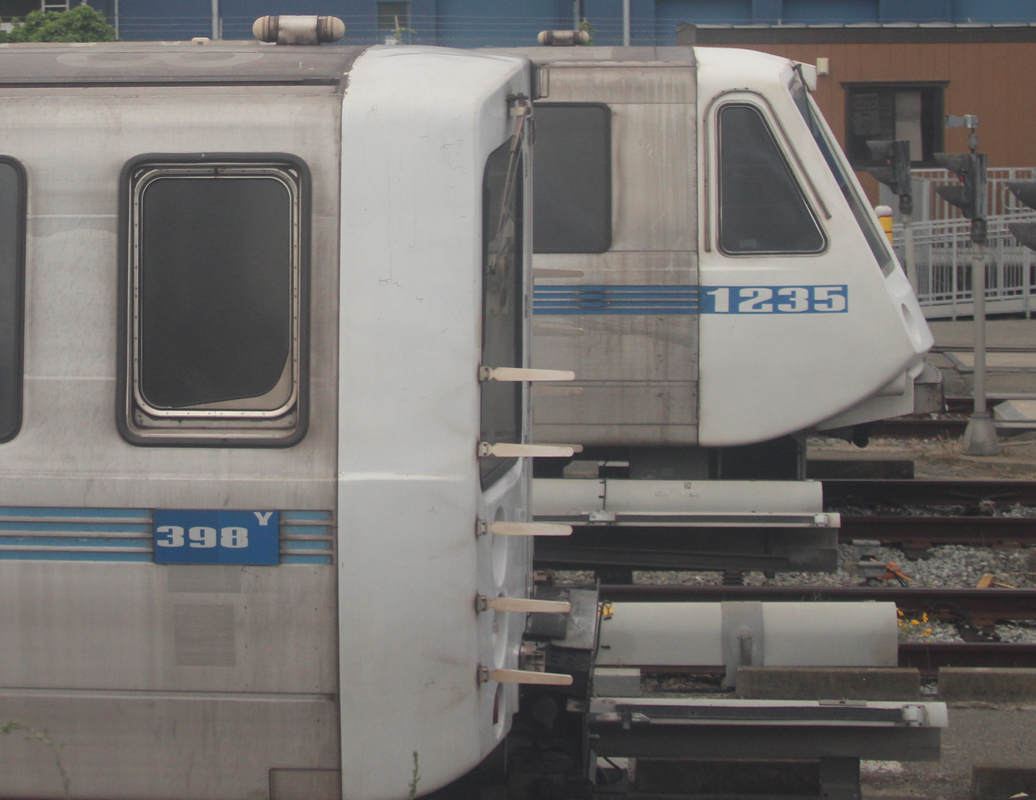
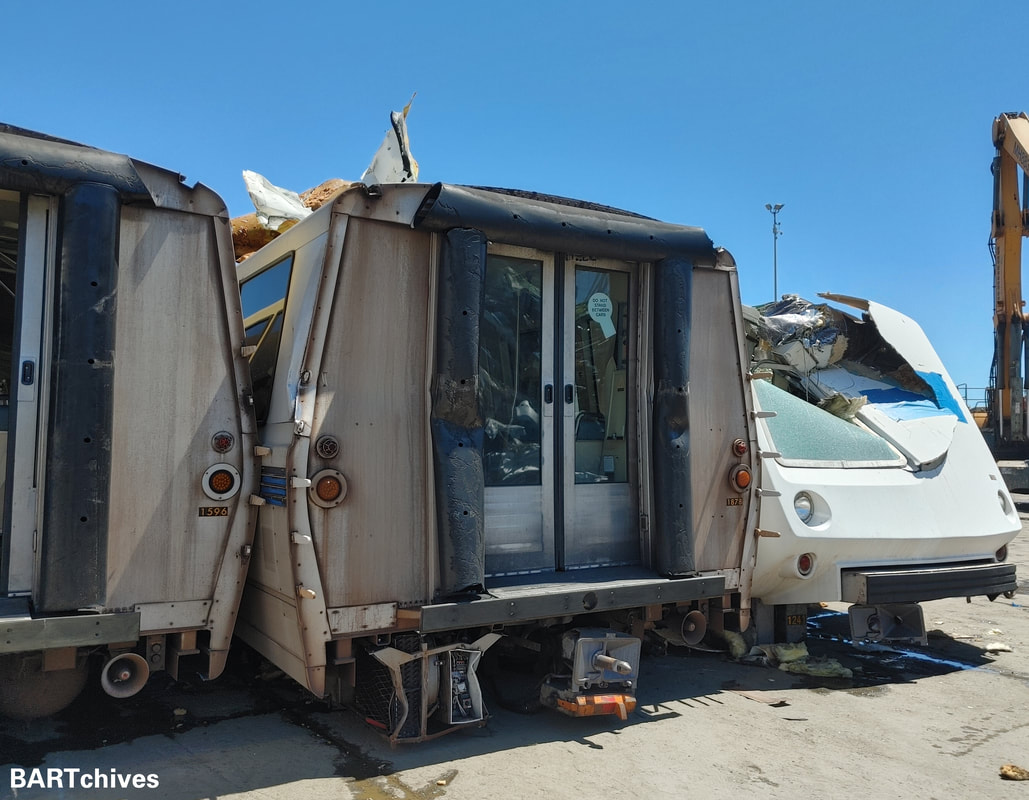
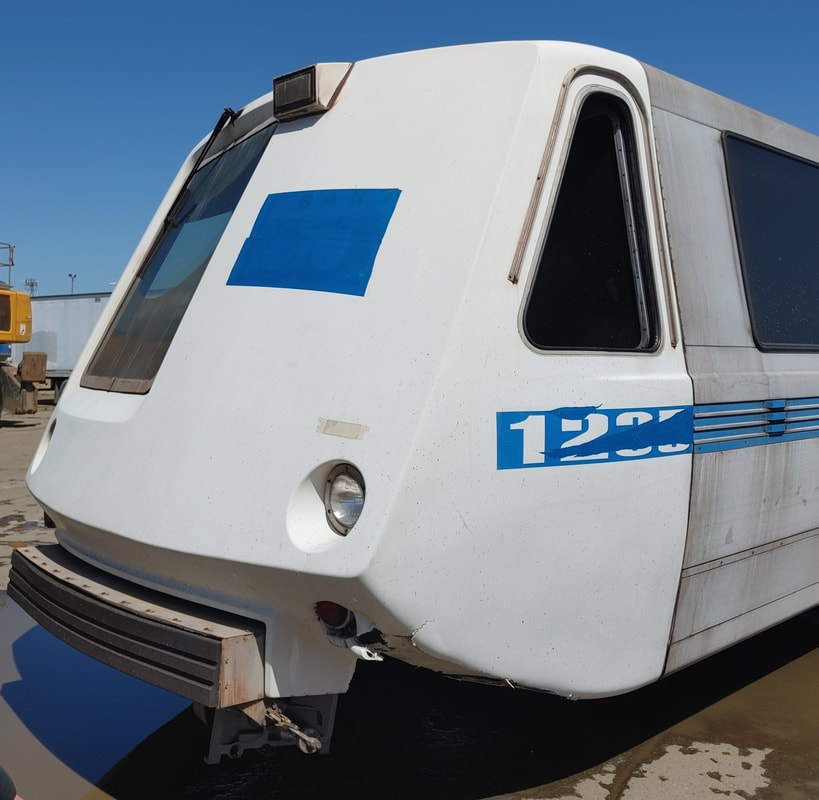
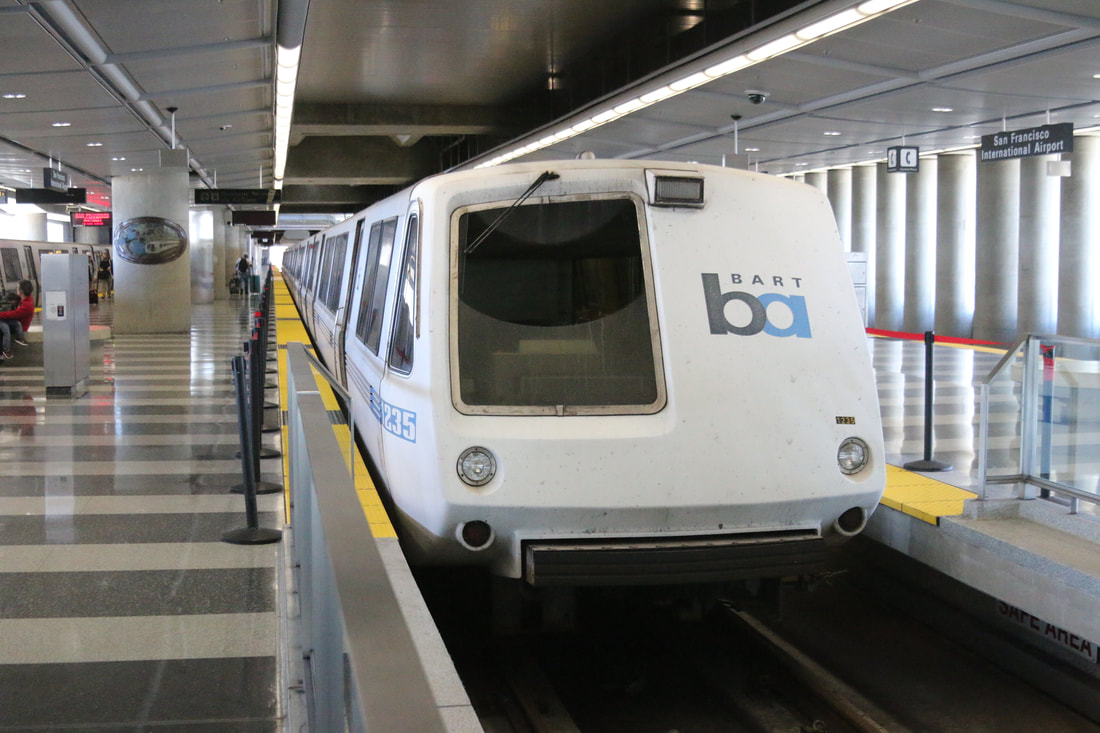
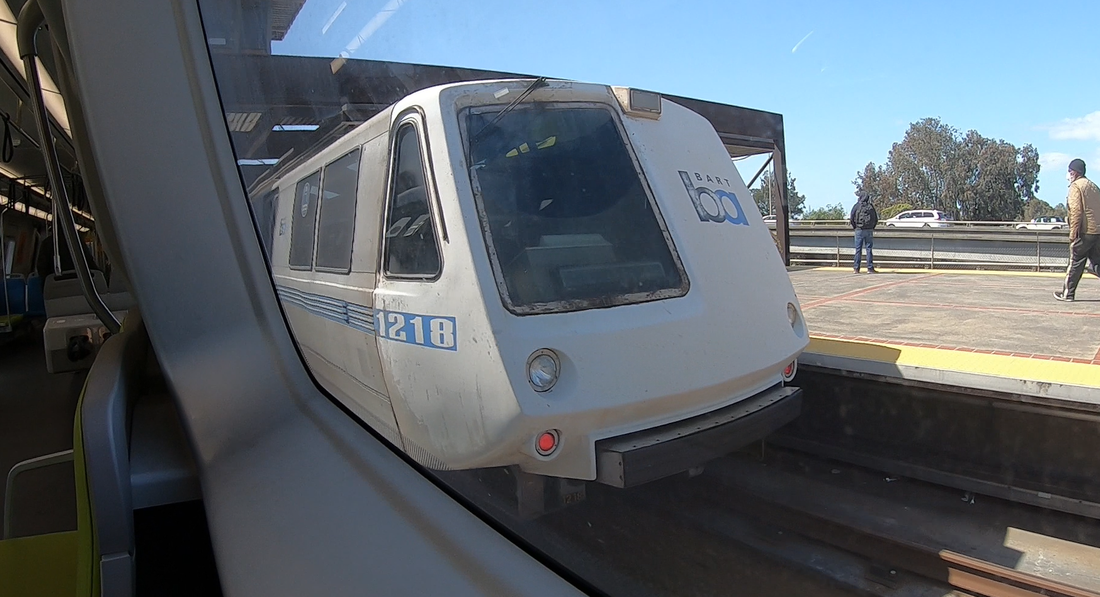
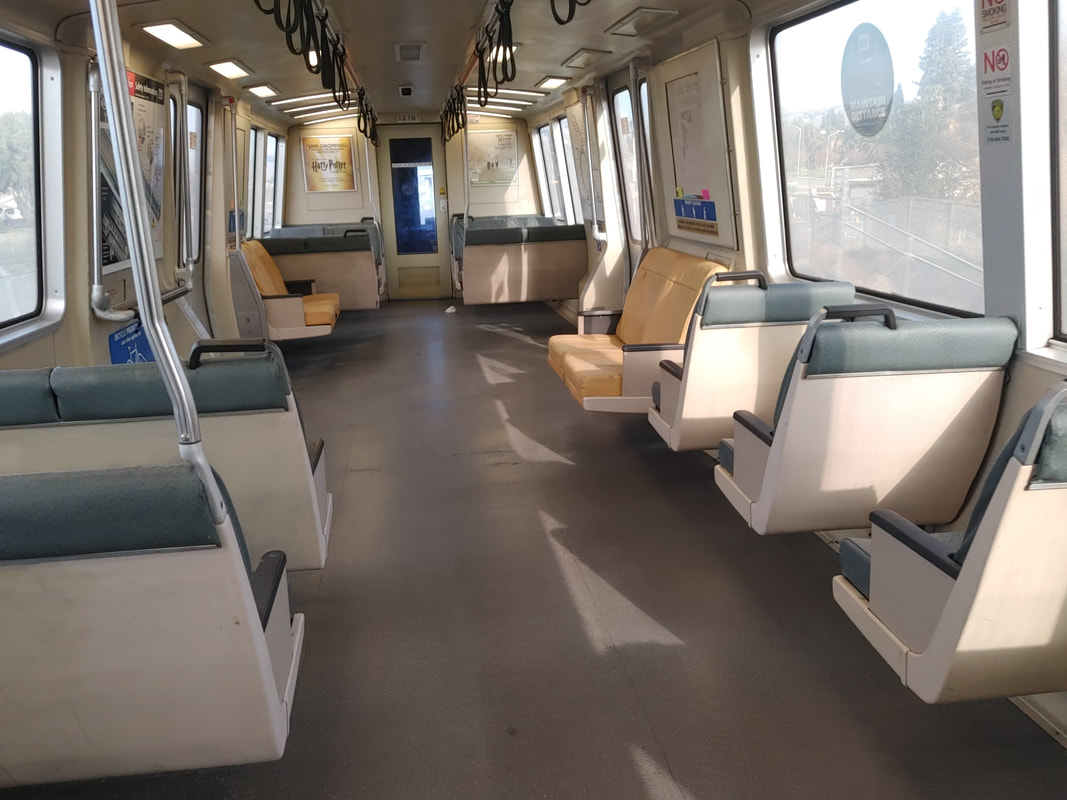
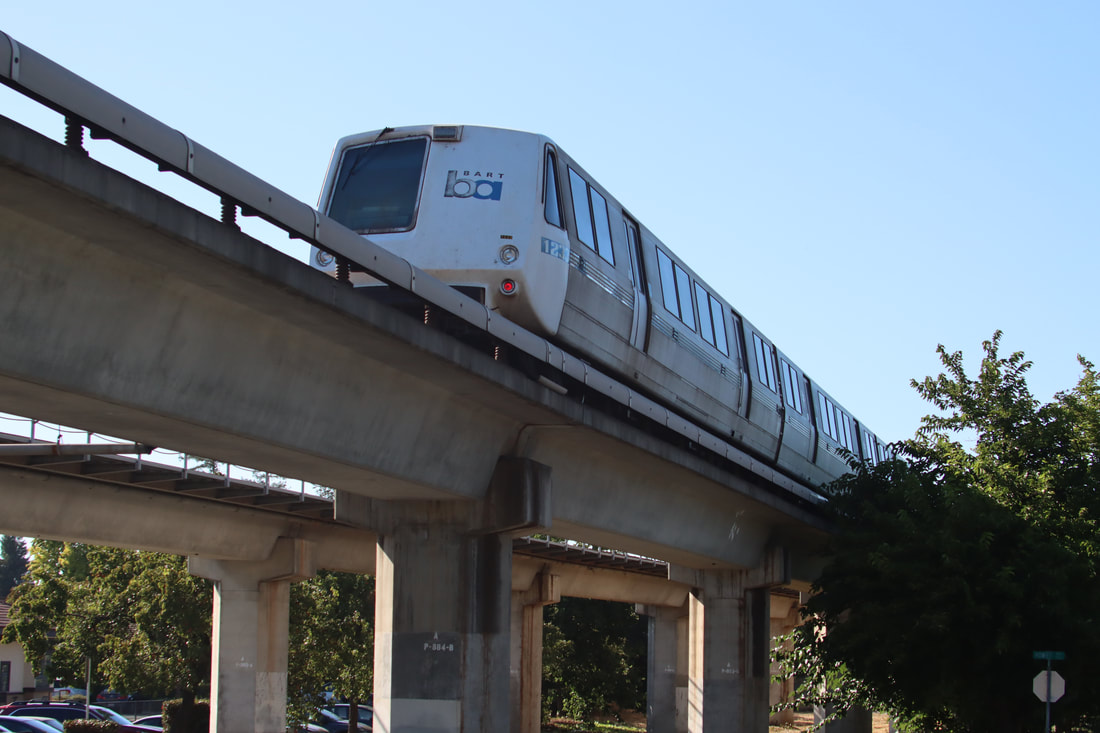
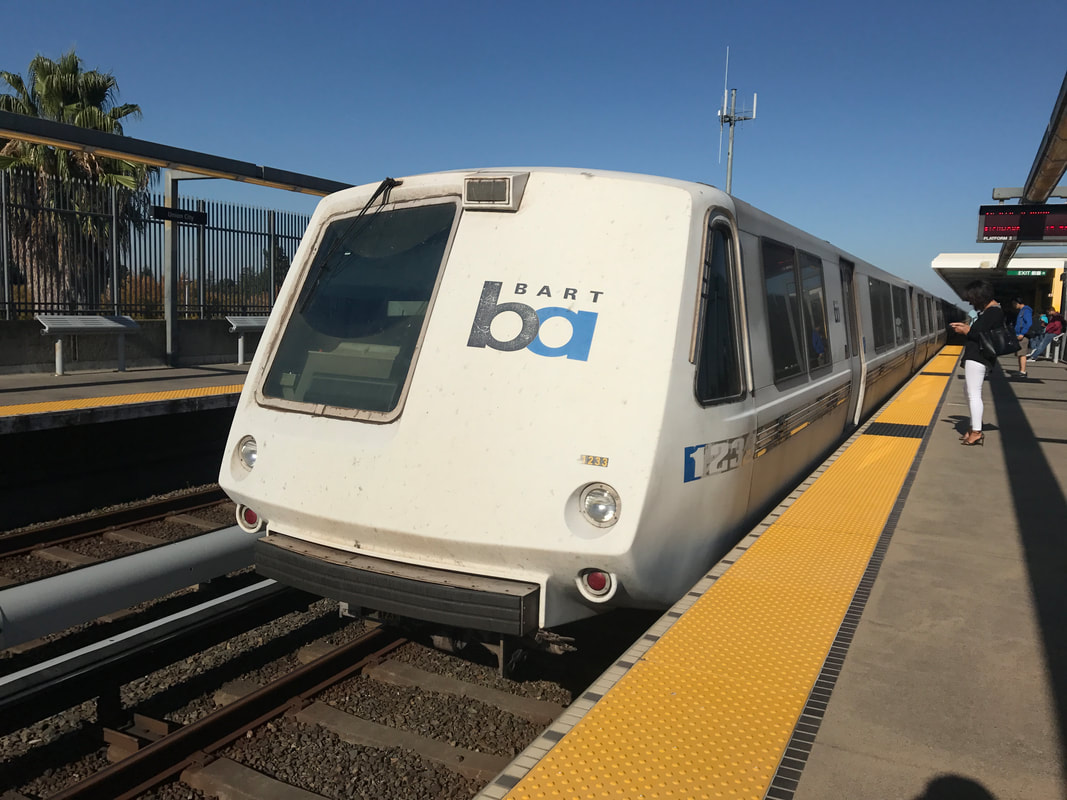
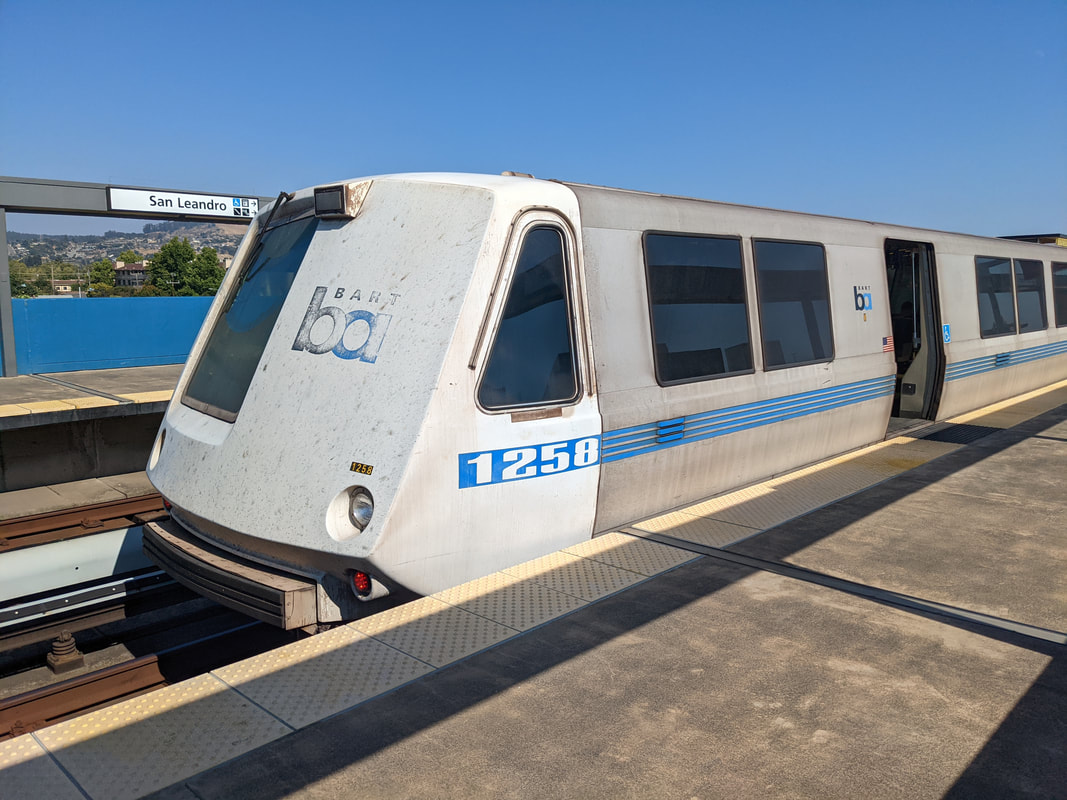
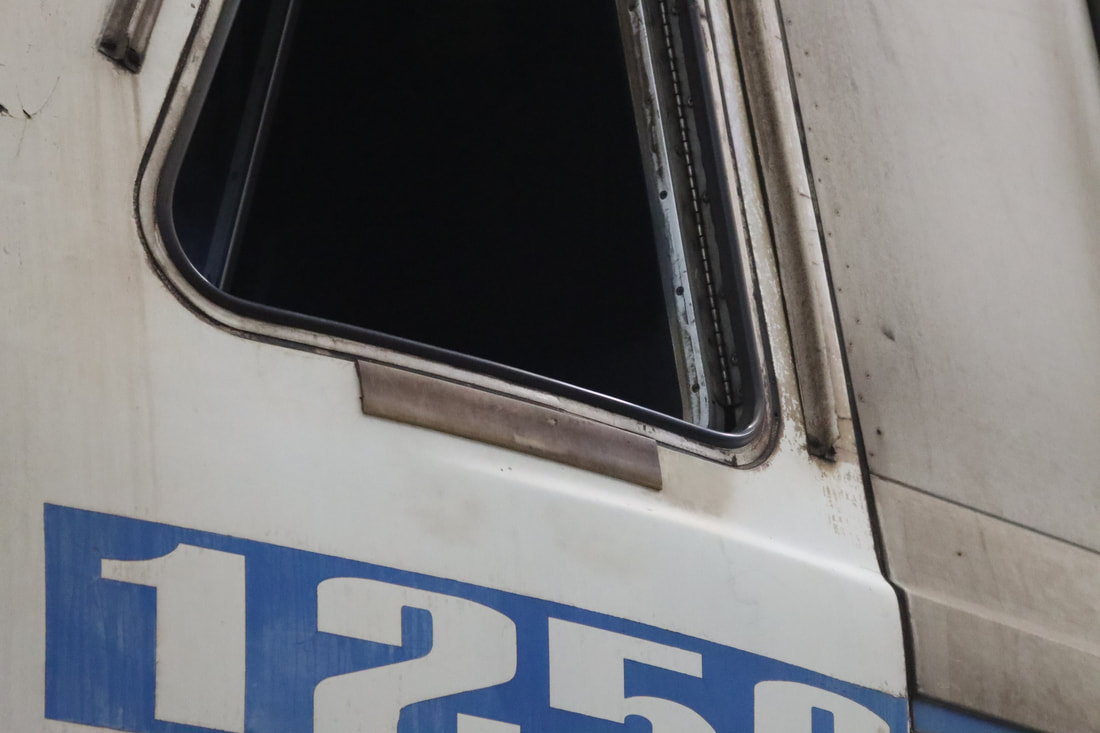
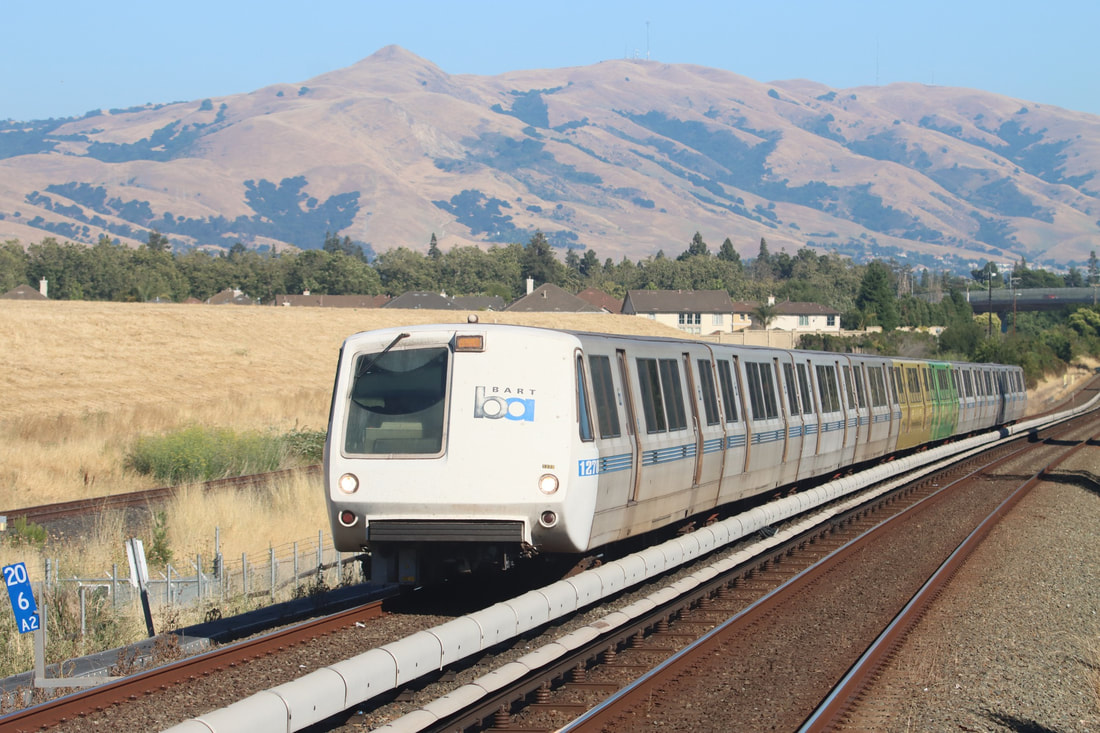
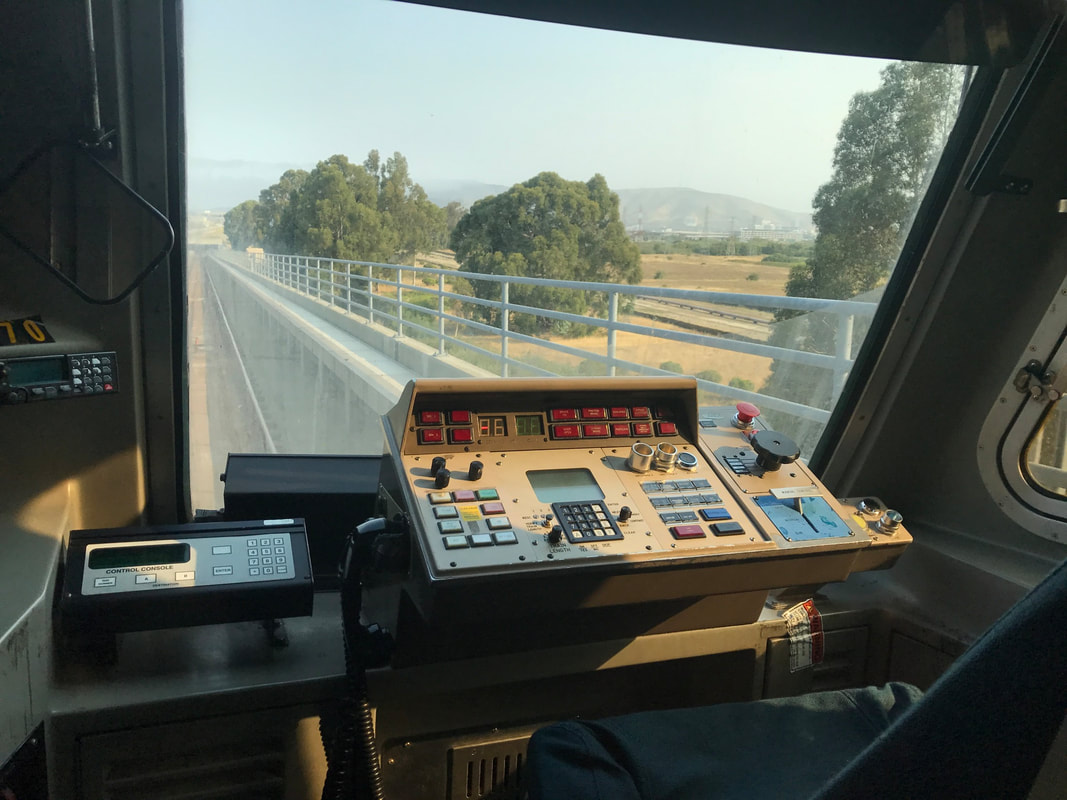
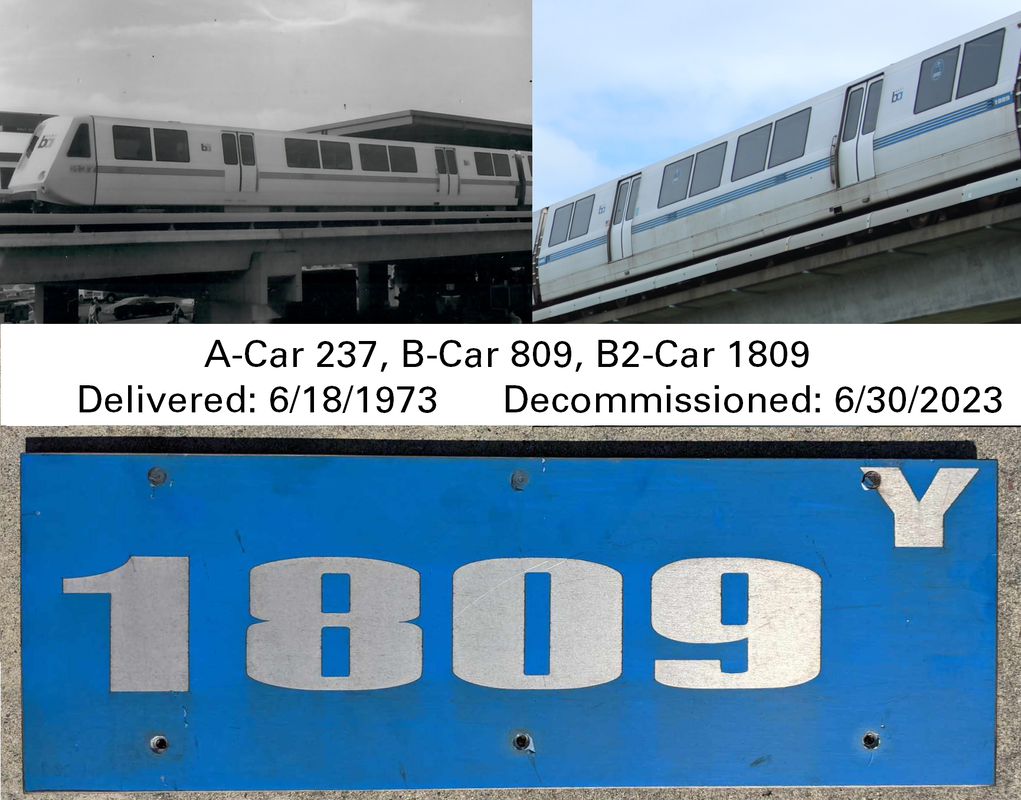
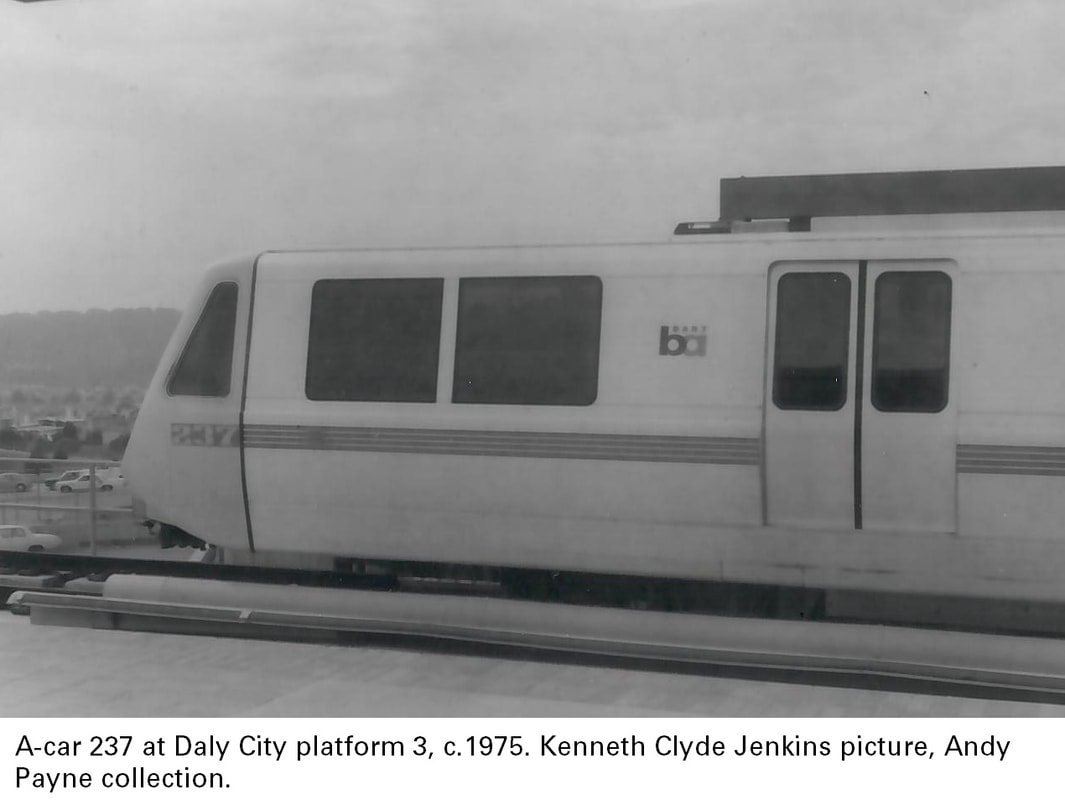
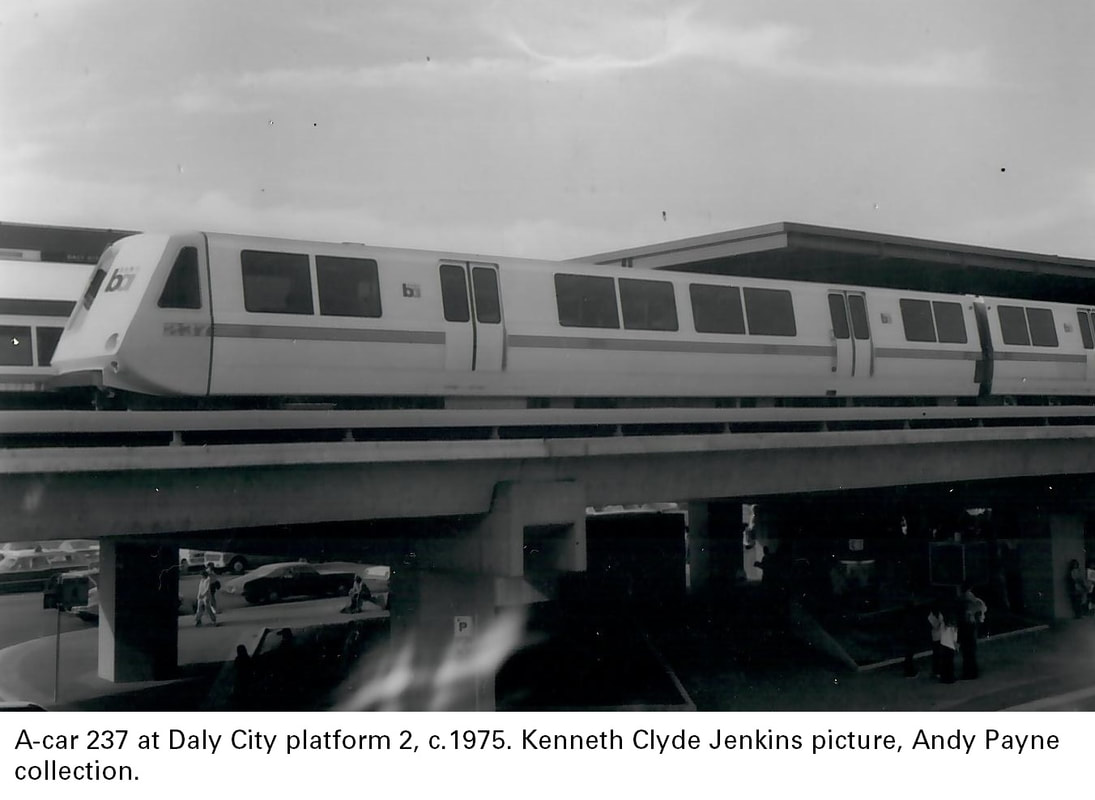
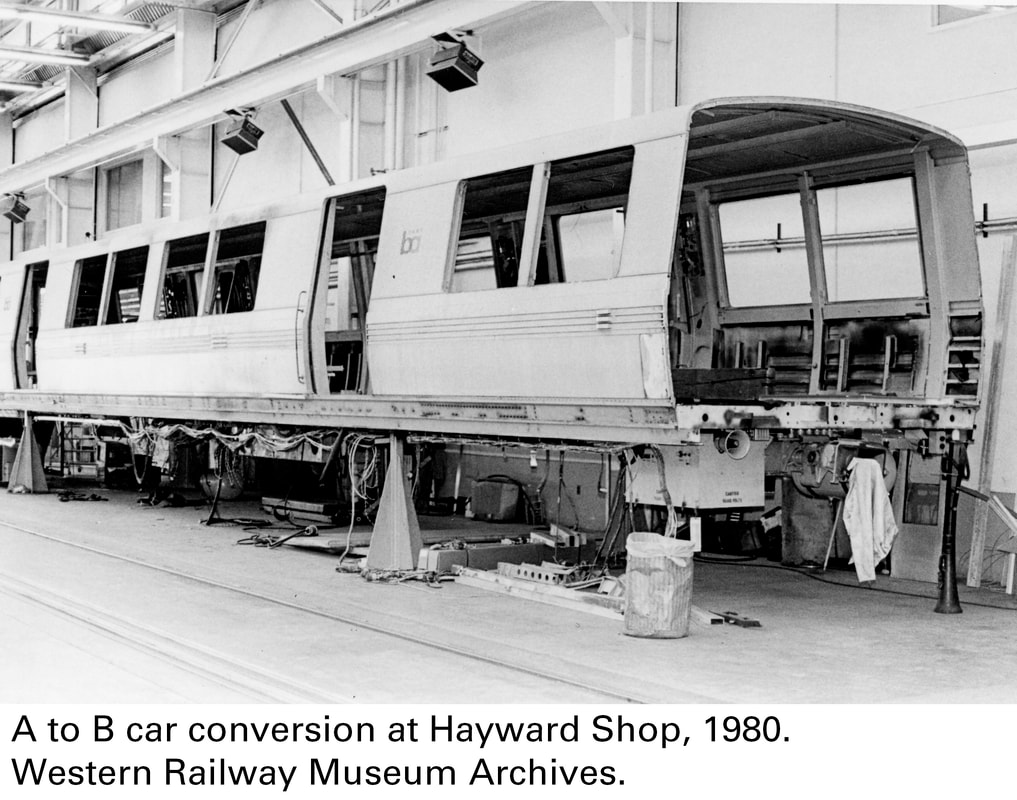
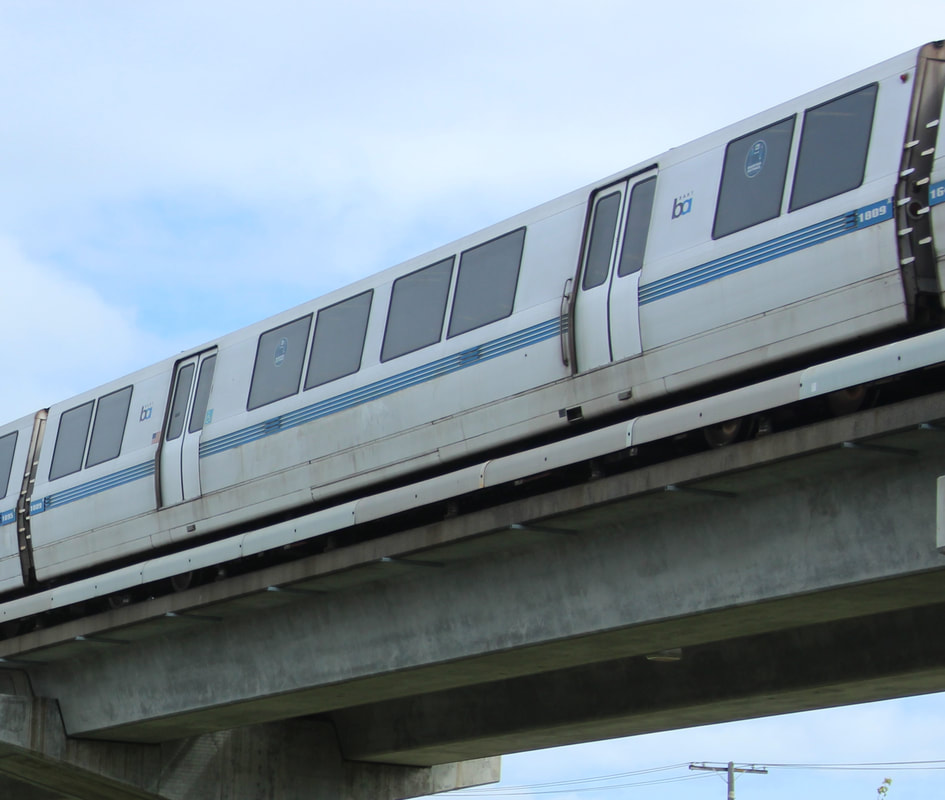
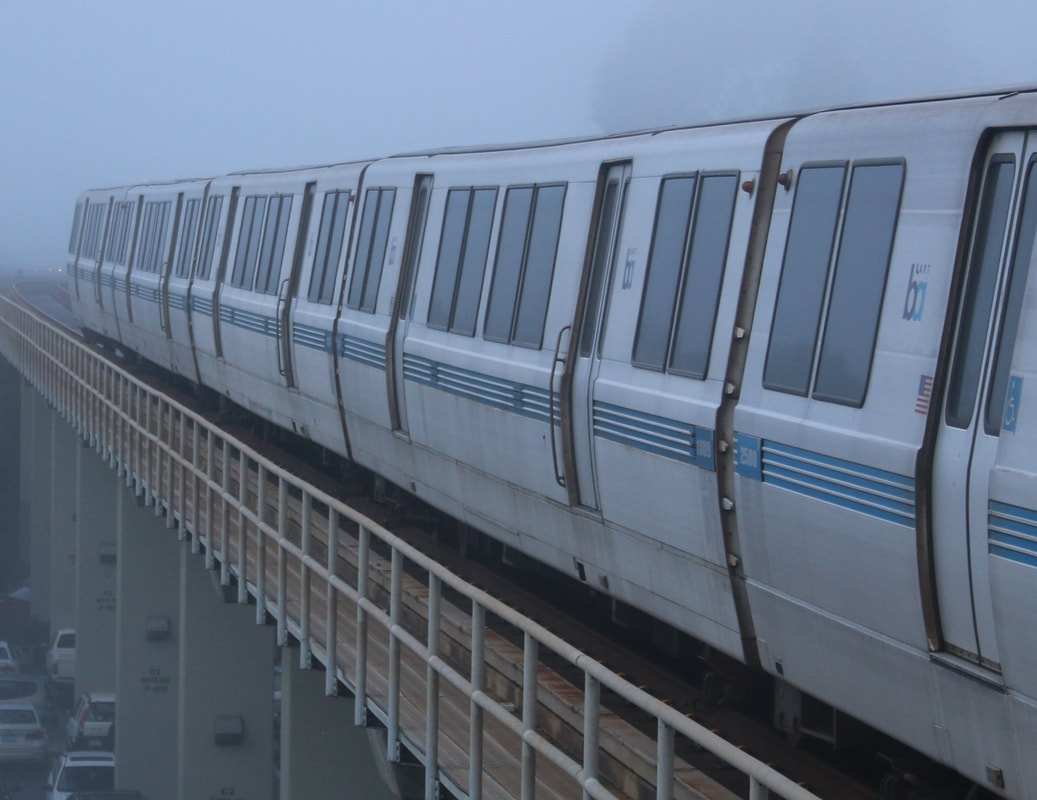
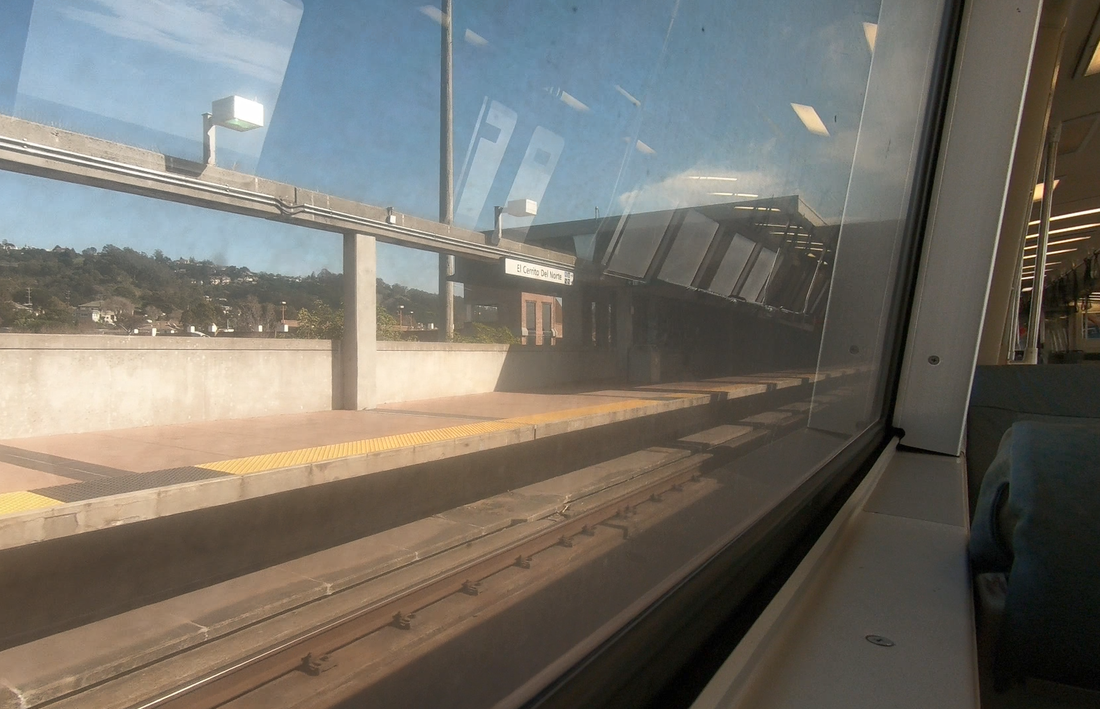
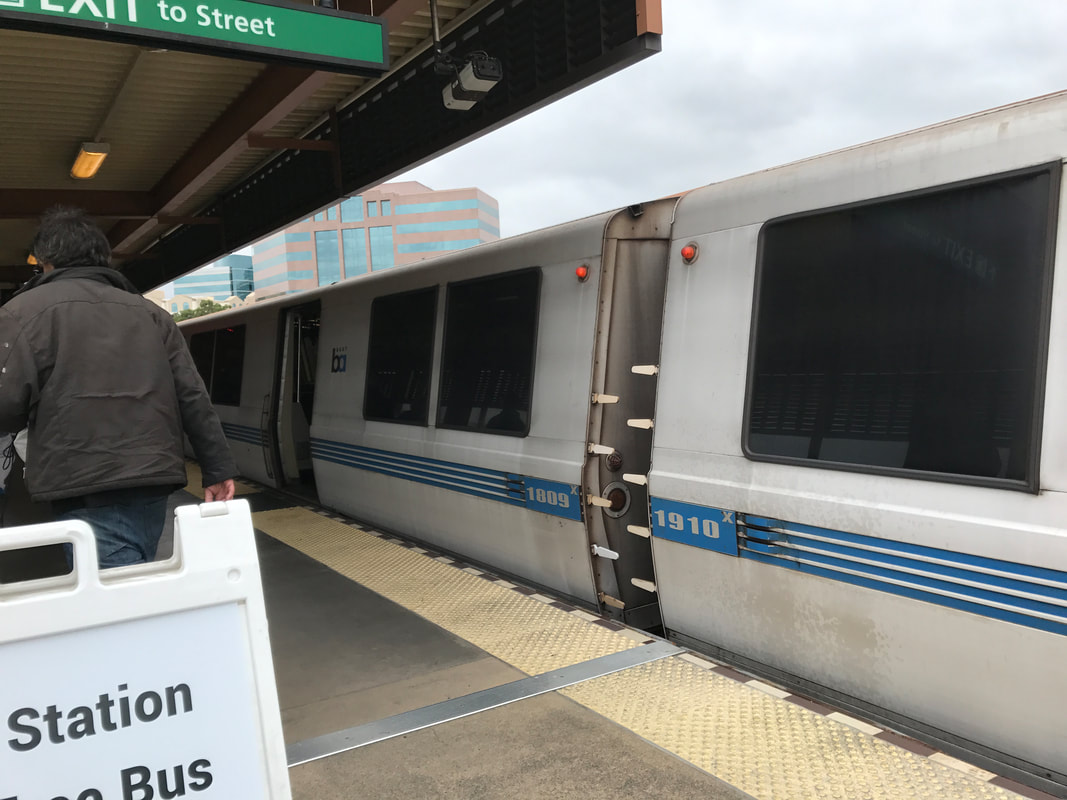
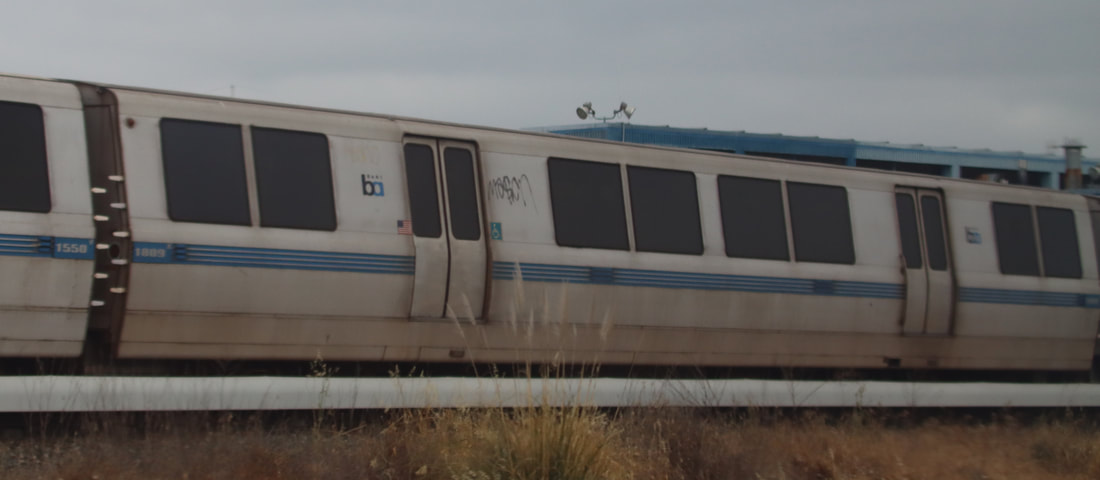
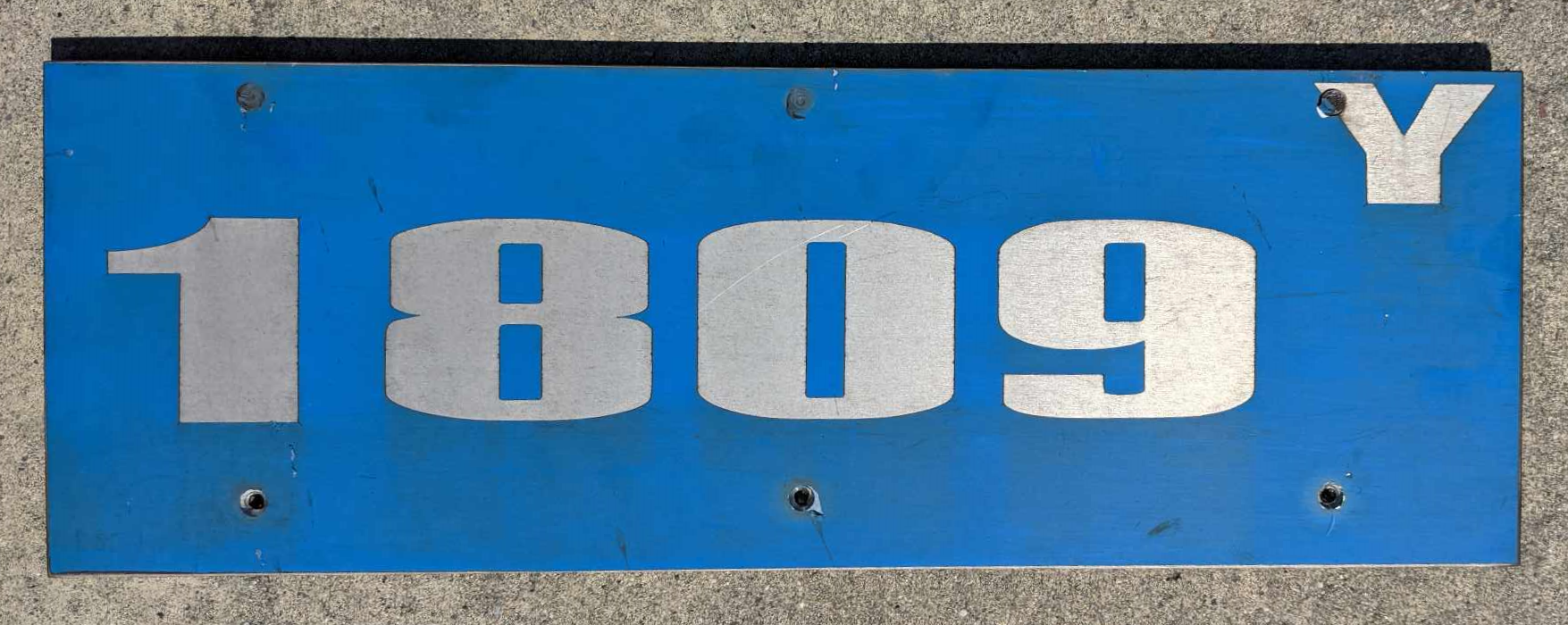
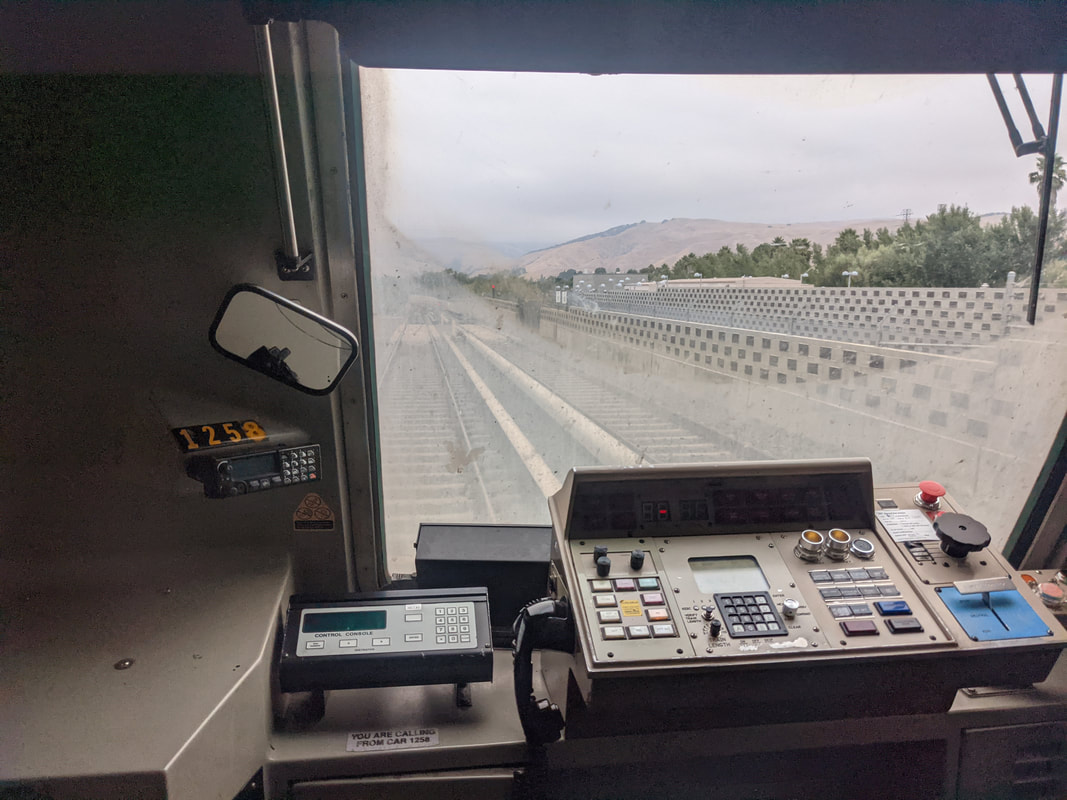
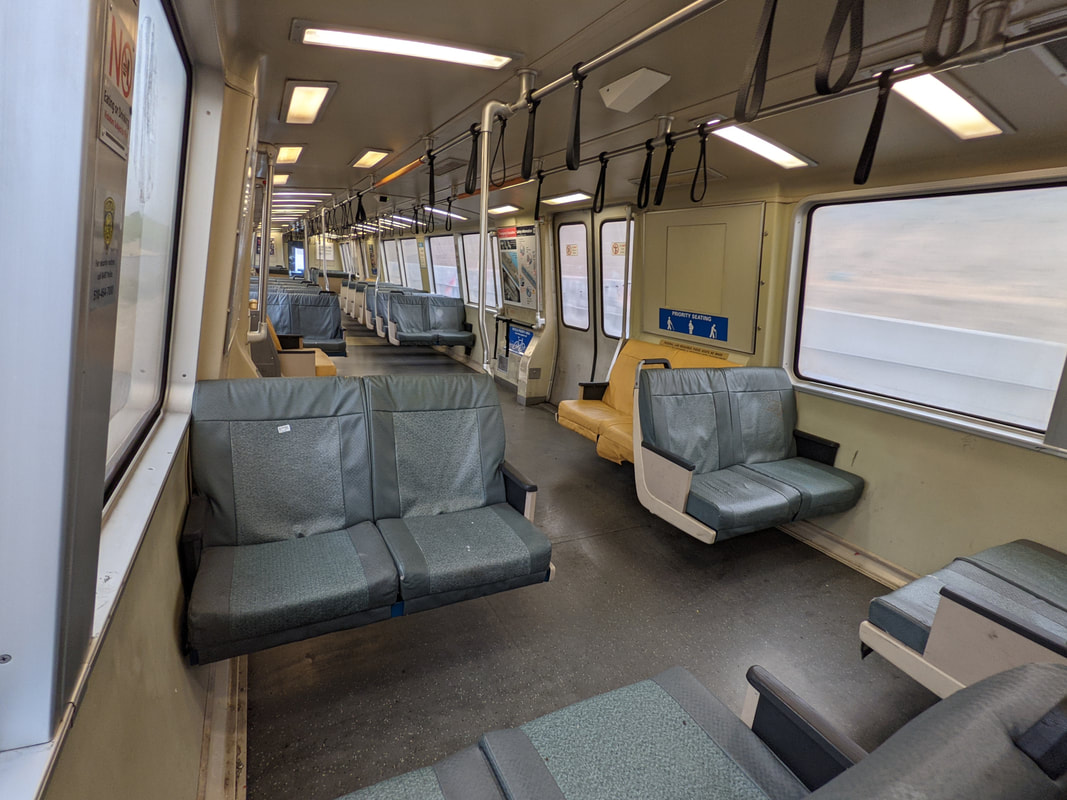
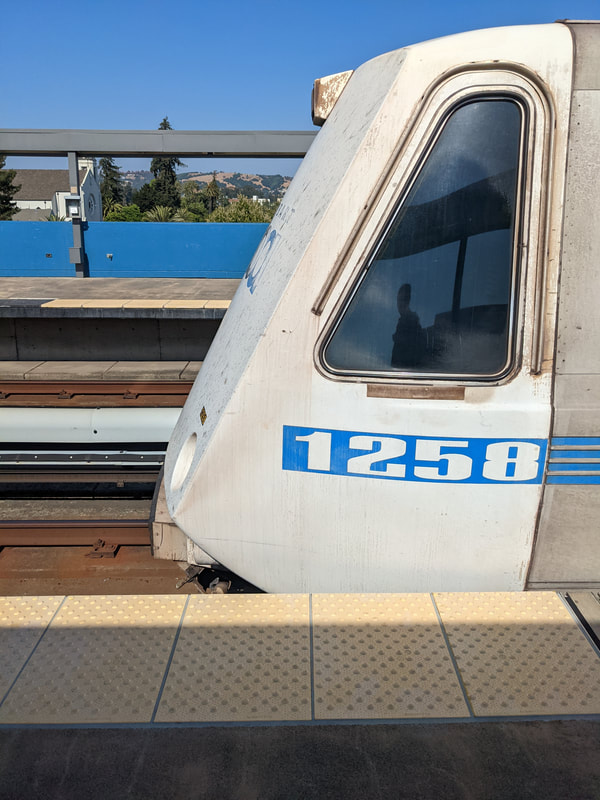
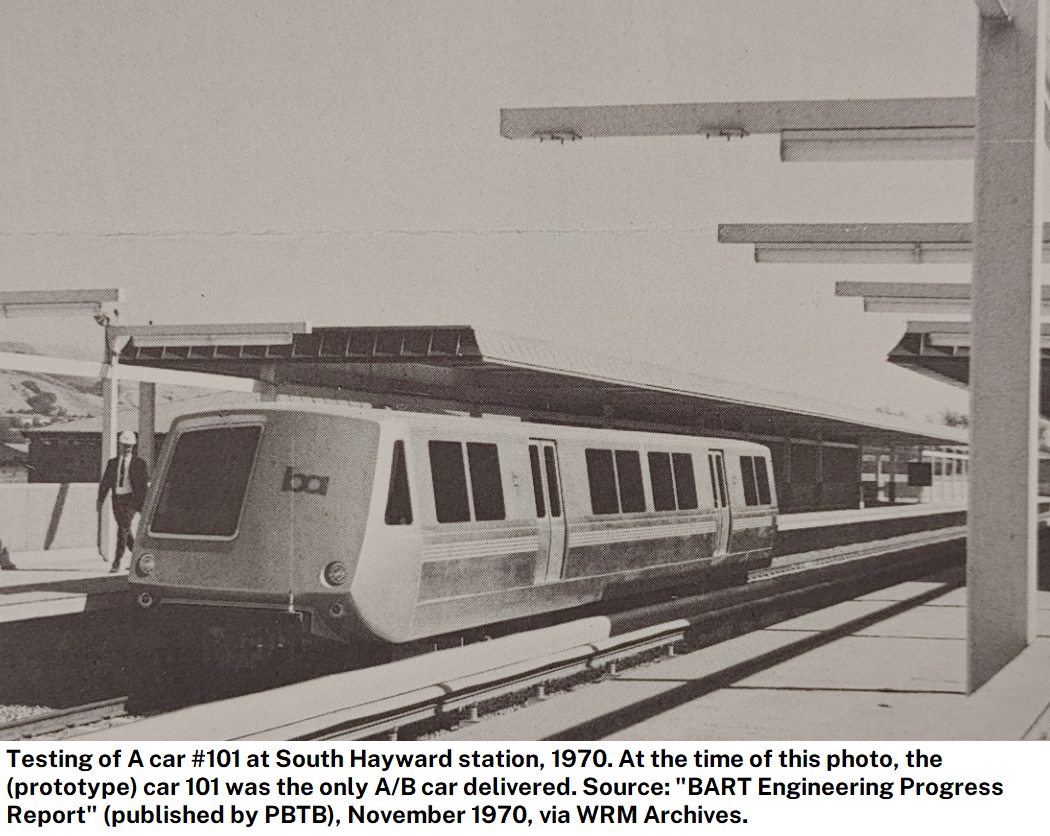
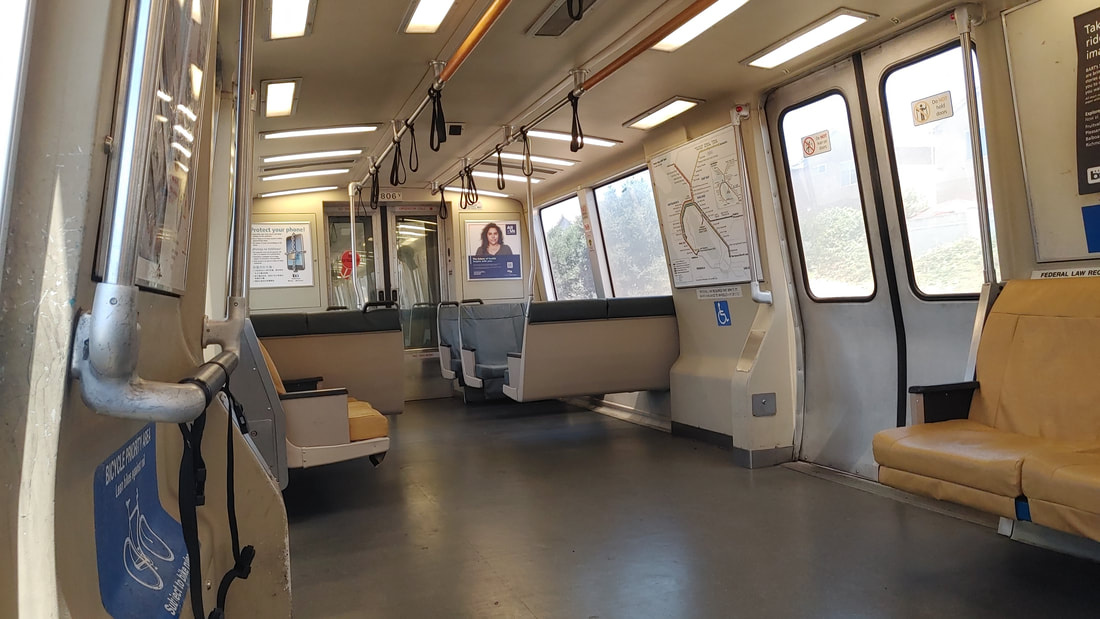
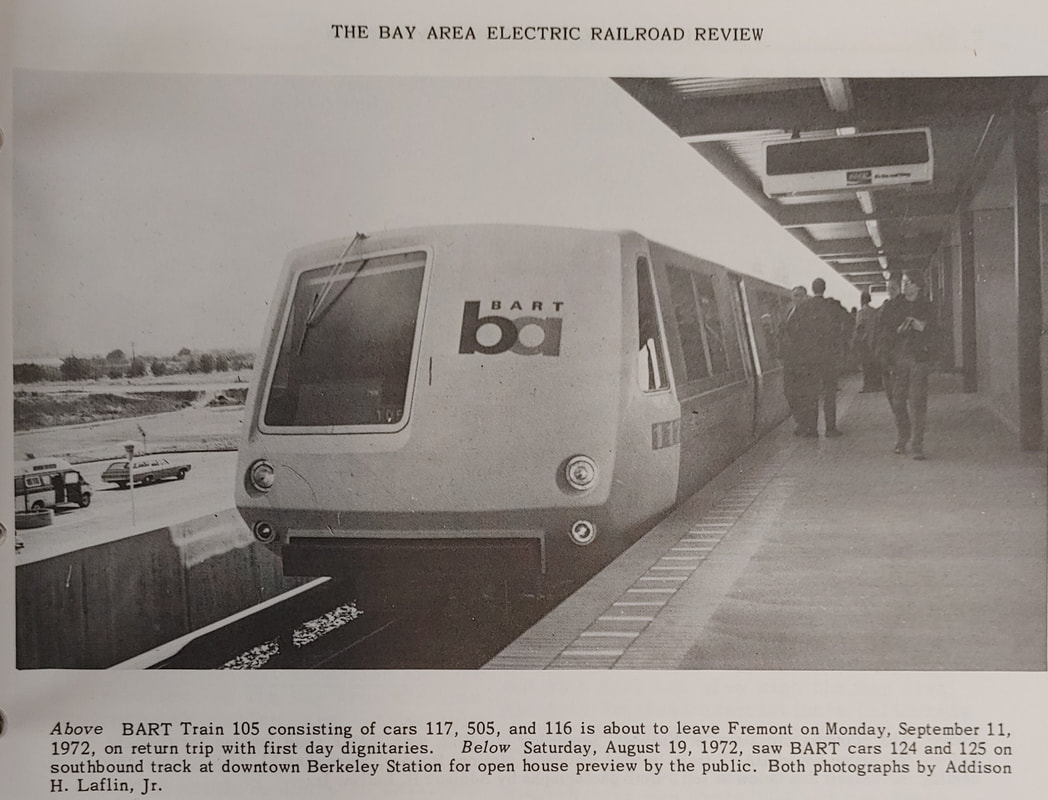
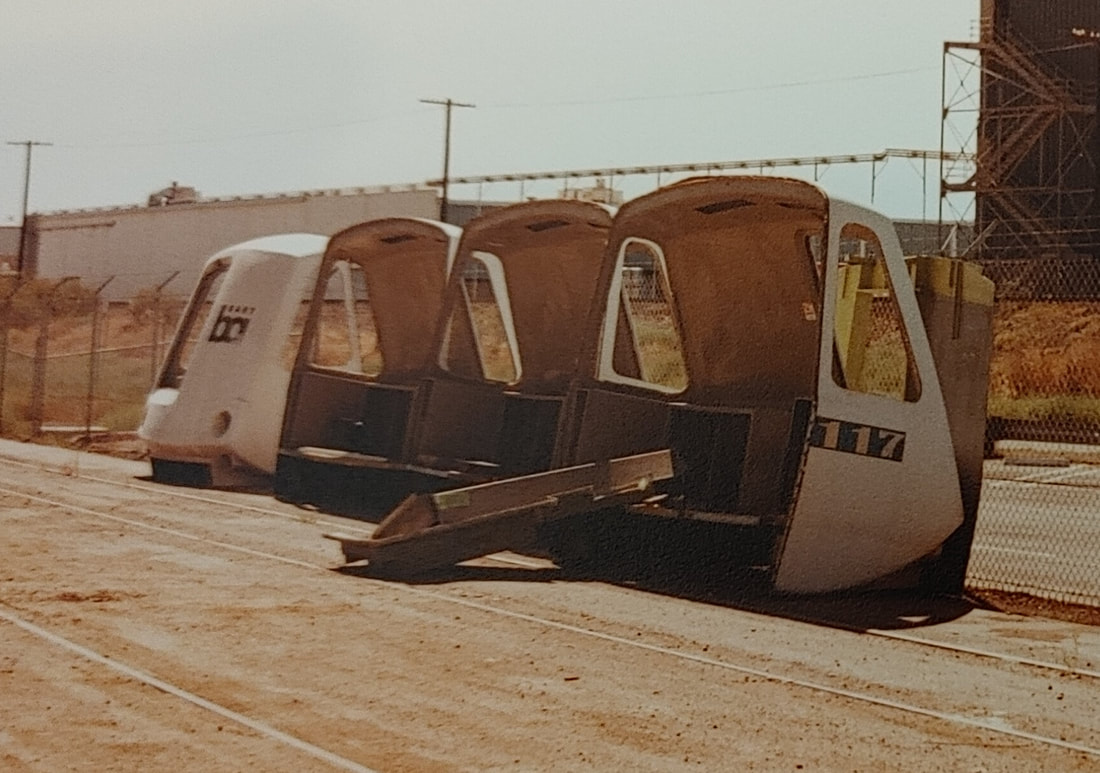
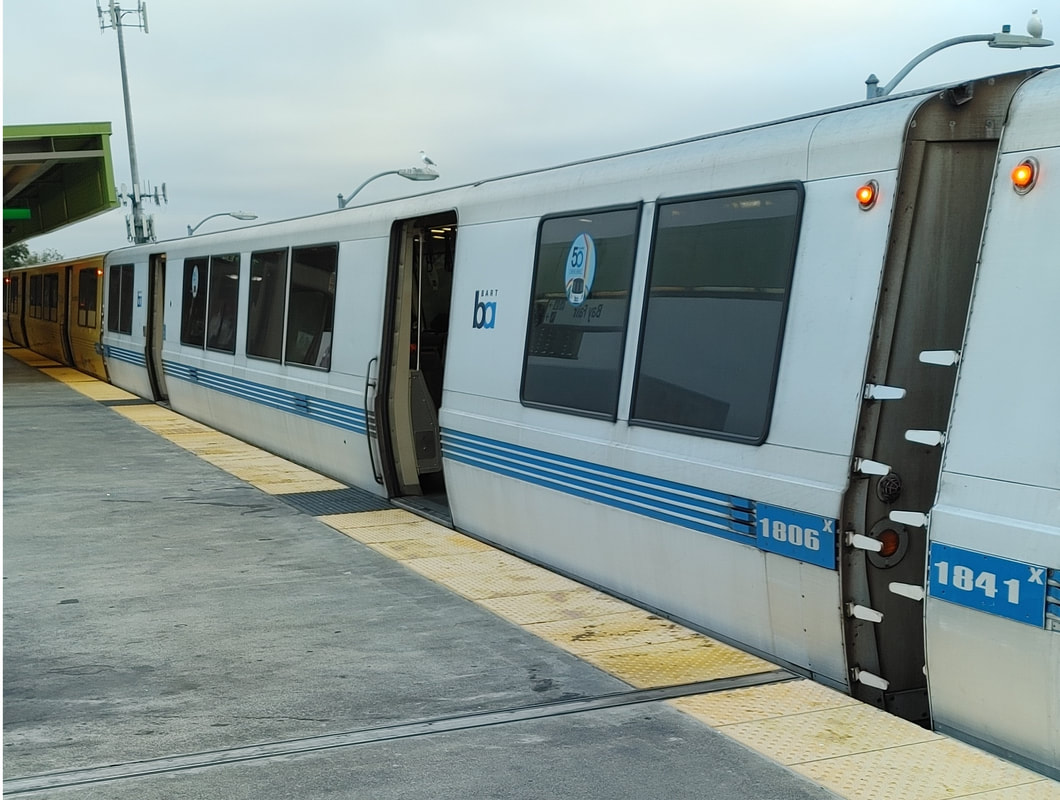
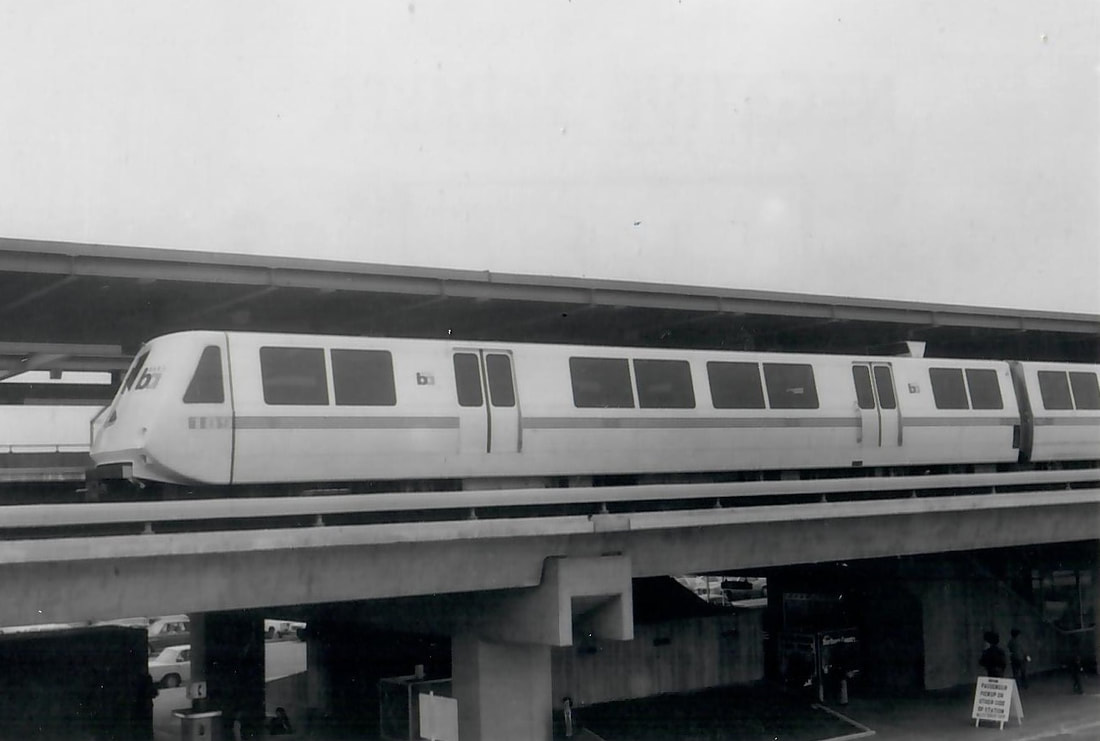
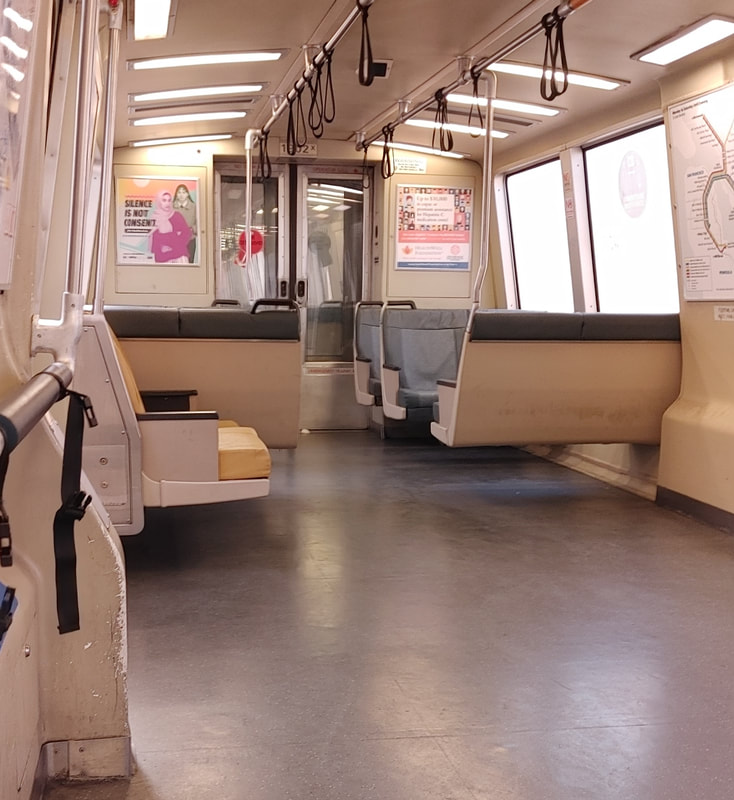
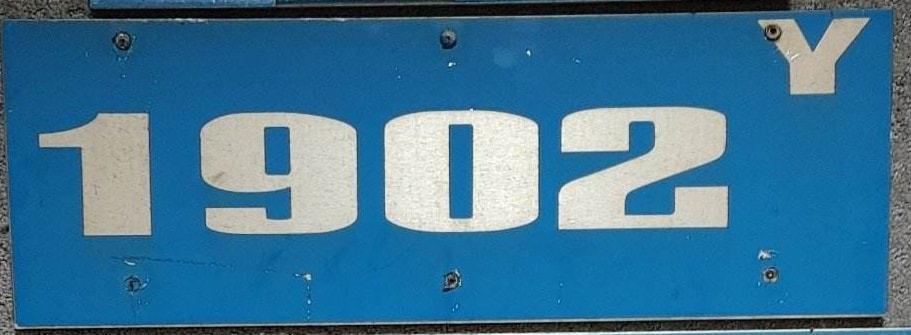
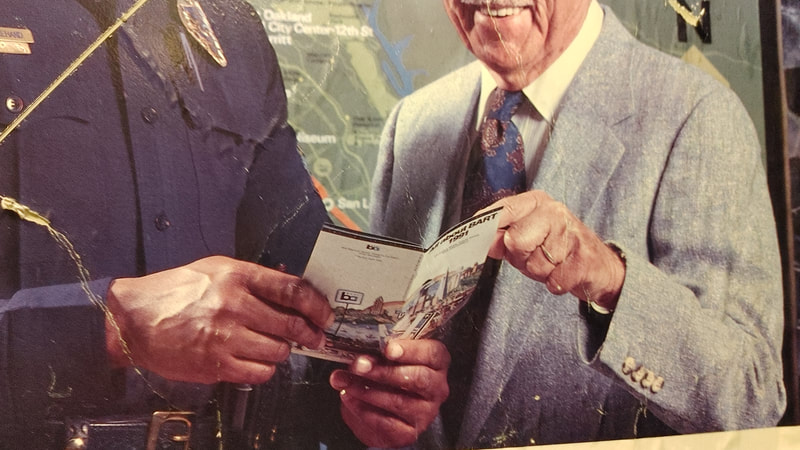


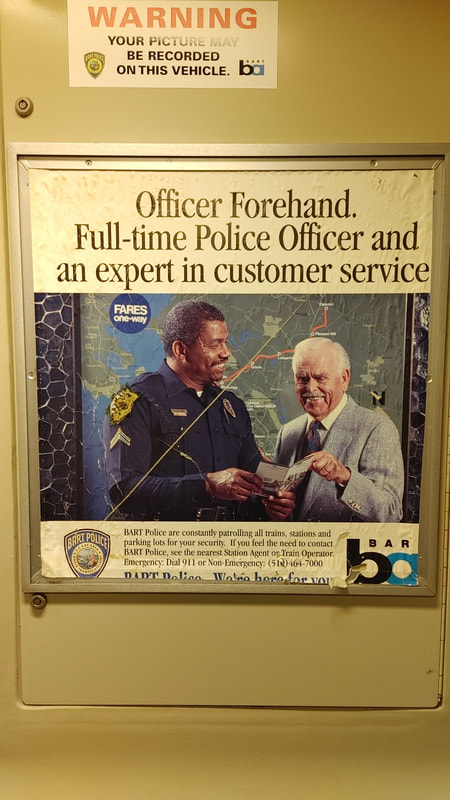
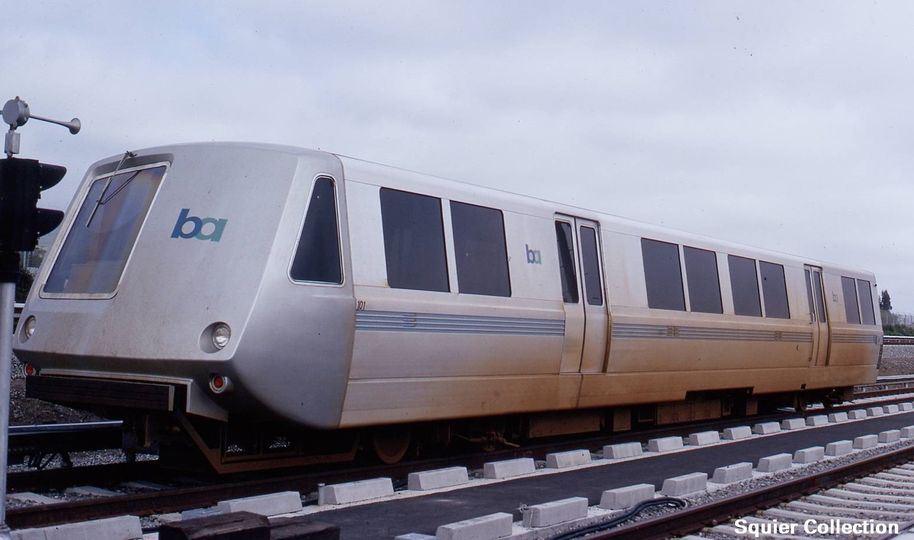
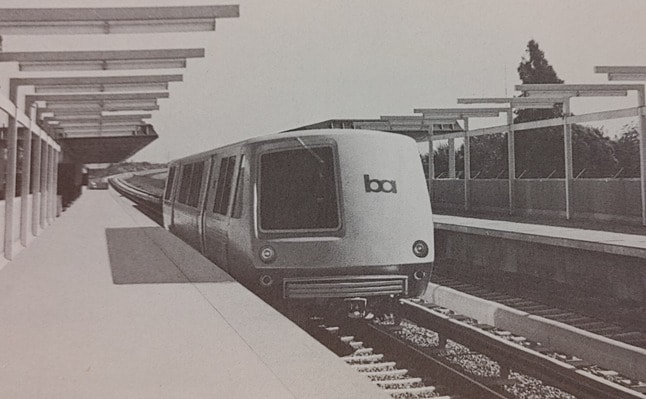
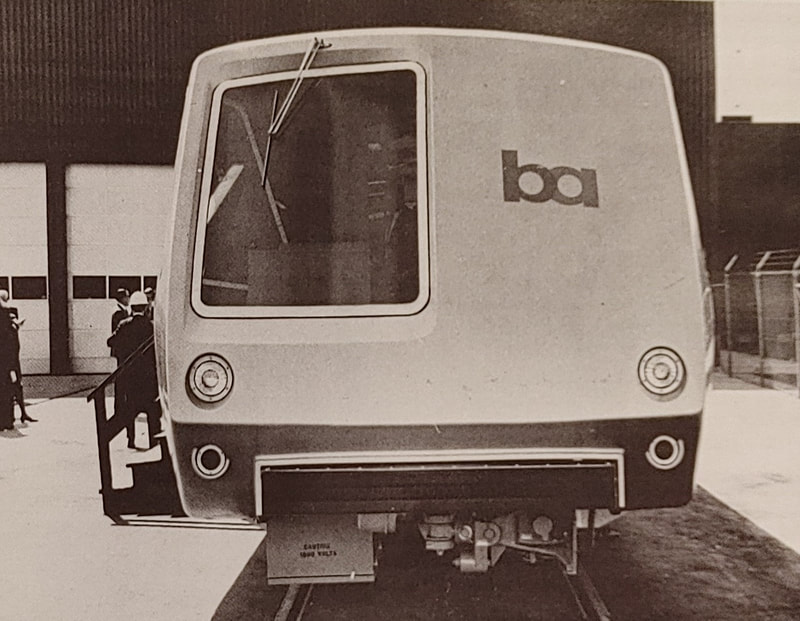
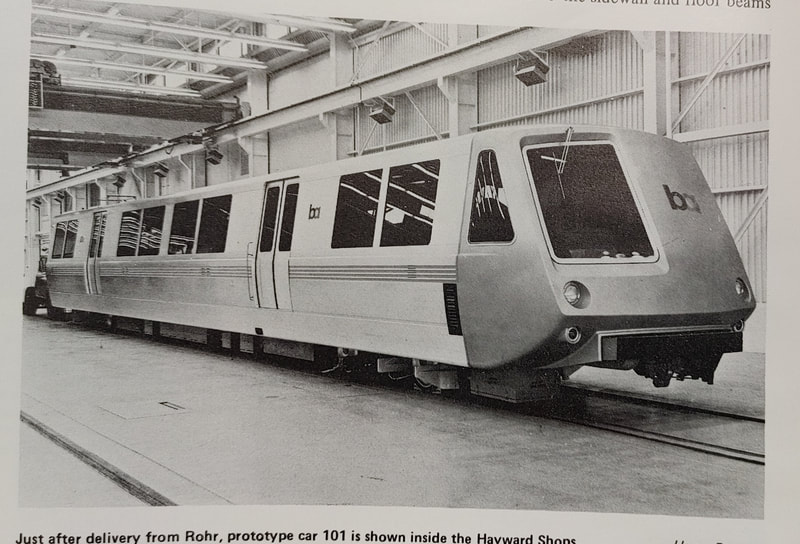
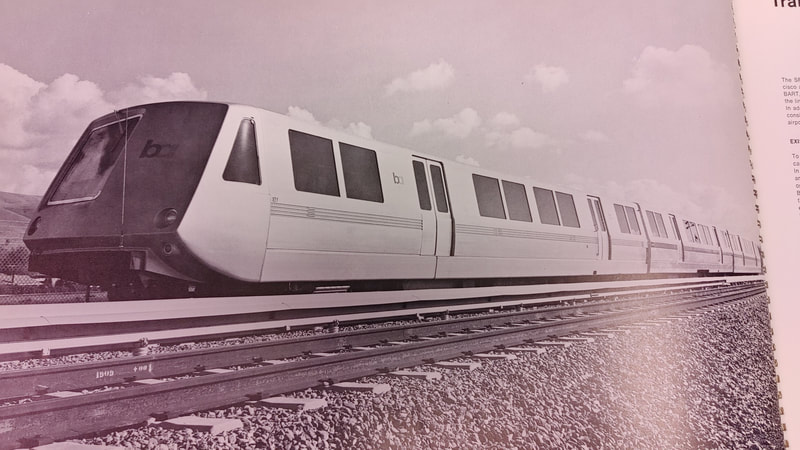
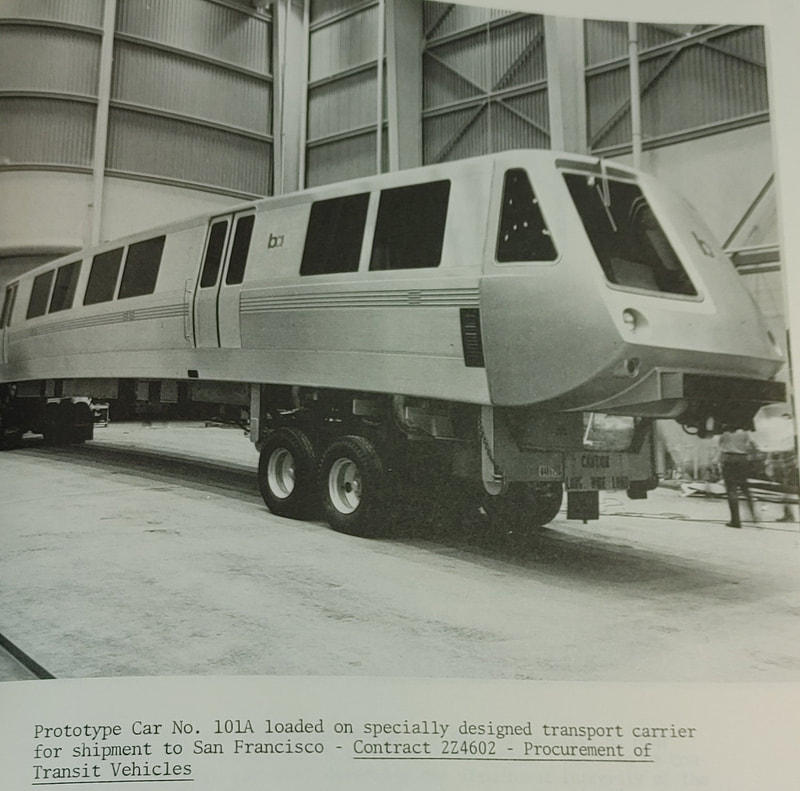
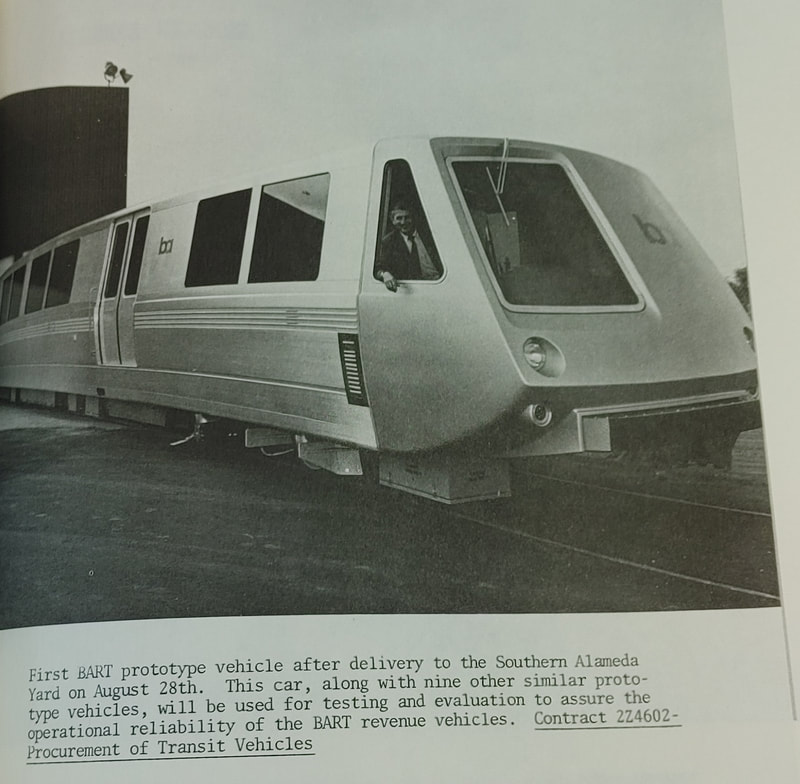
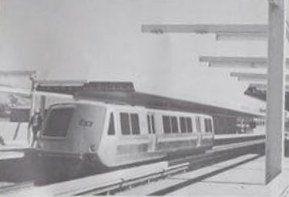
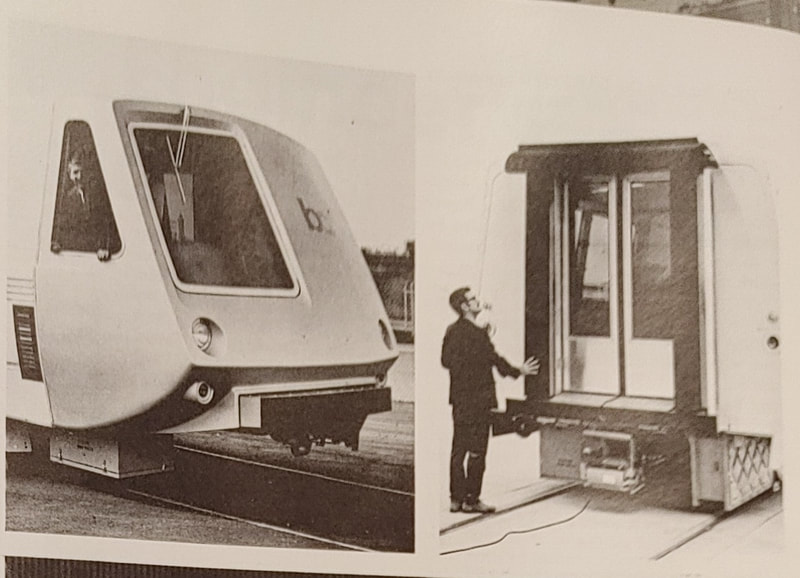
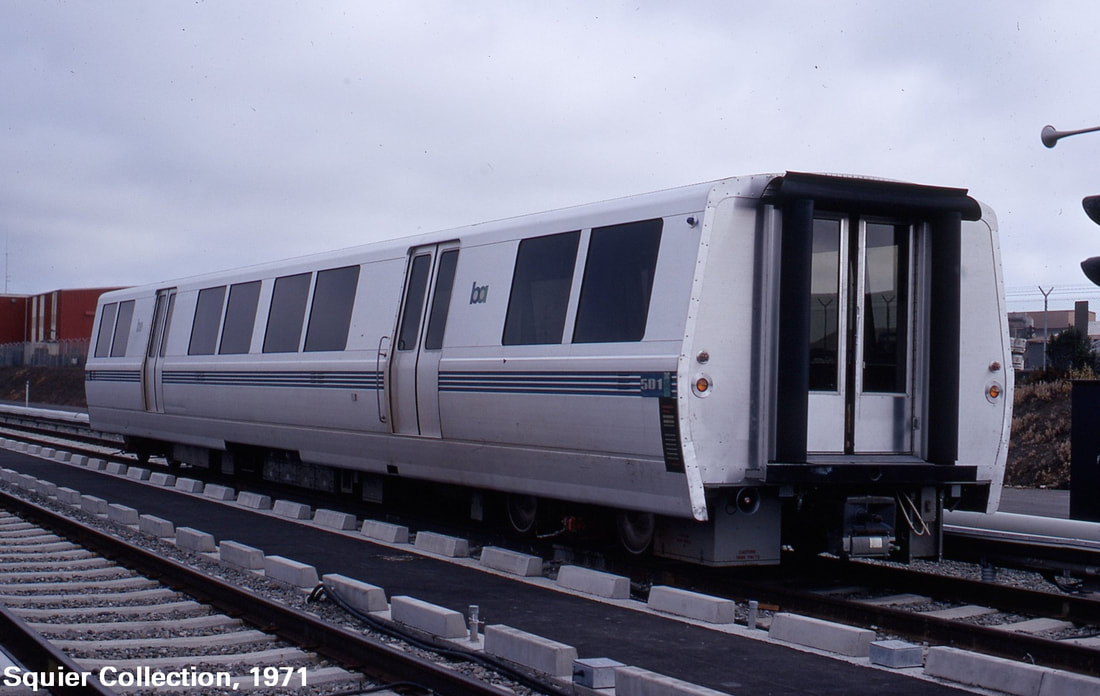
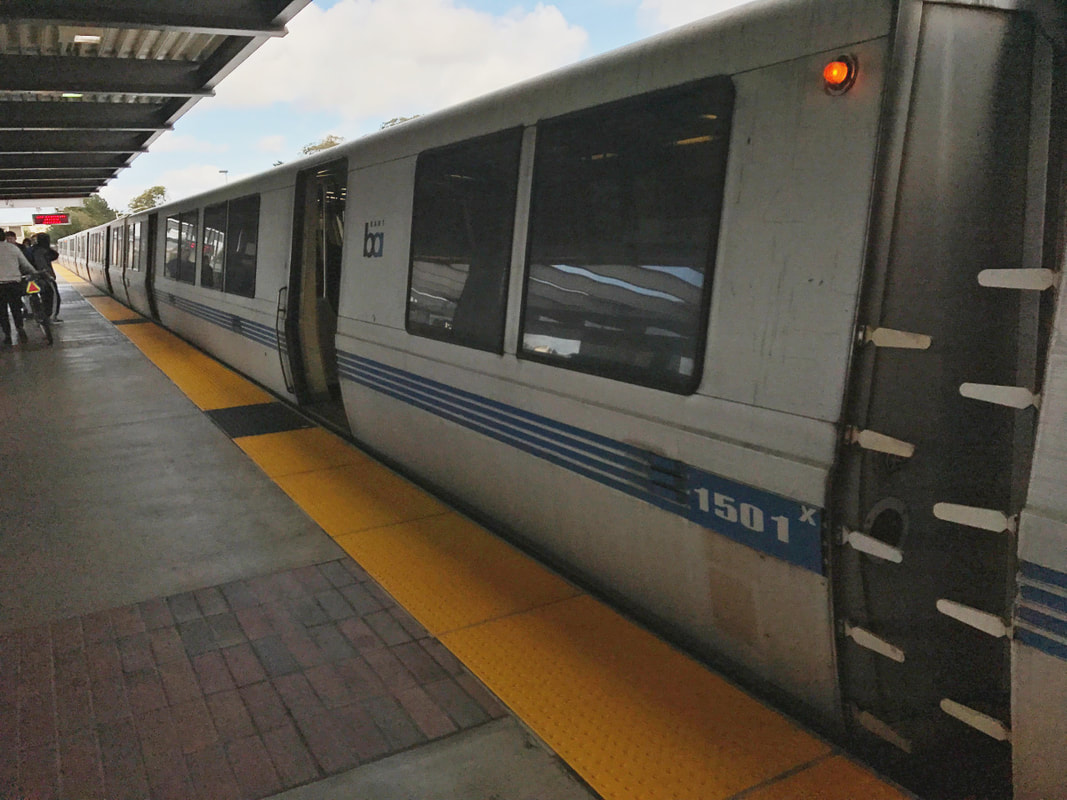
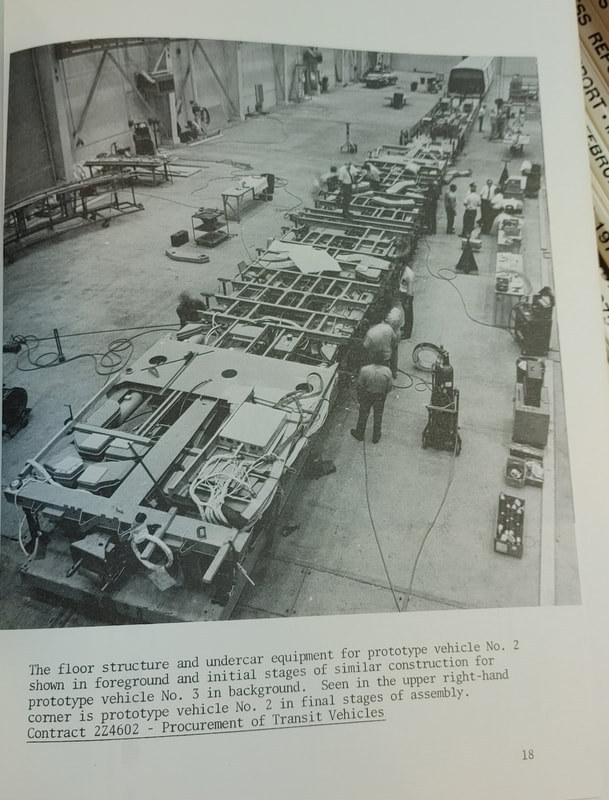
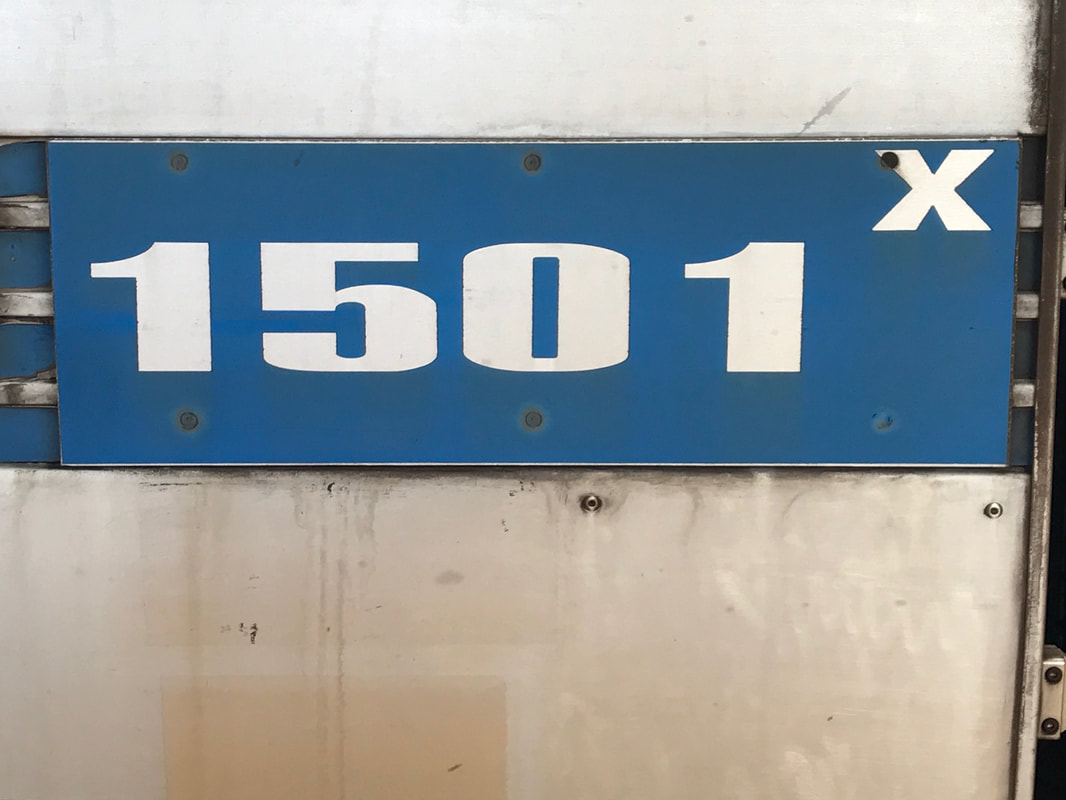
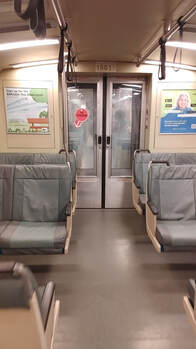
 RSS Feed
RSS Feed
